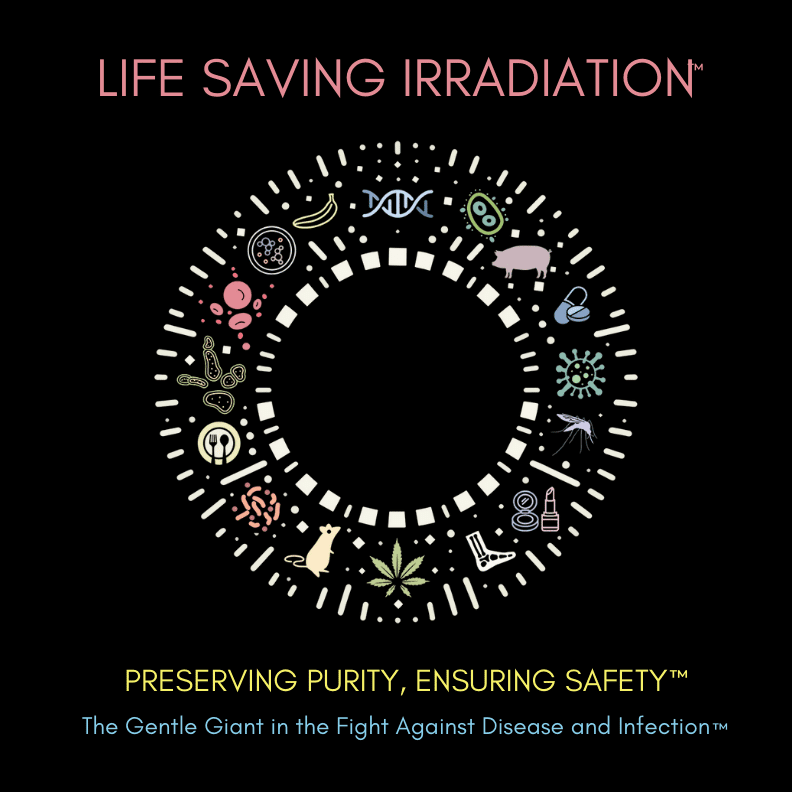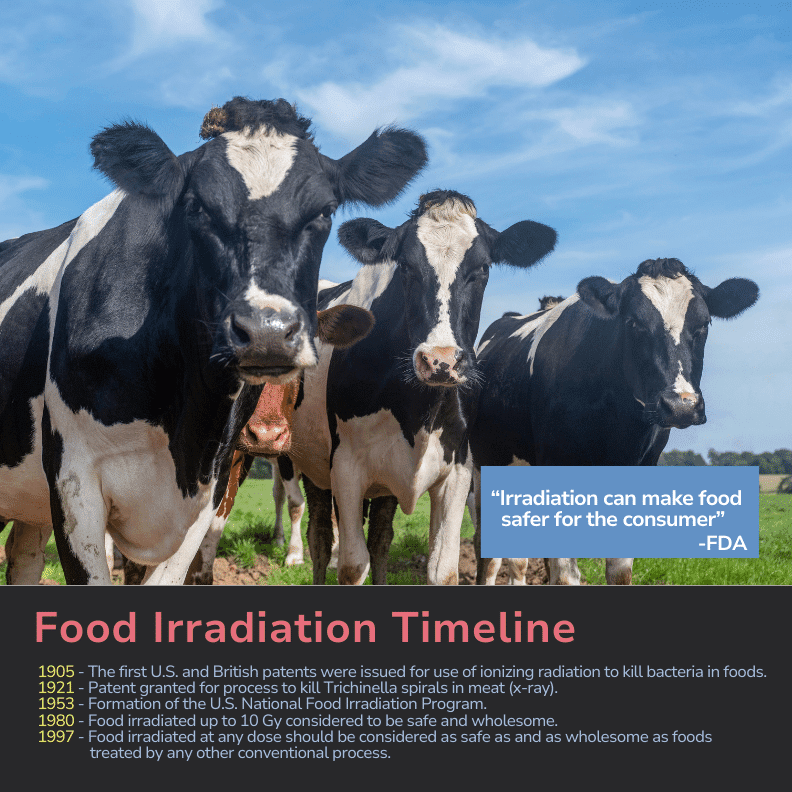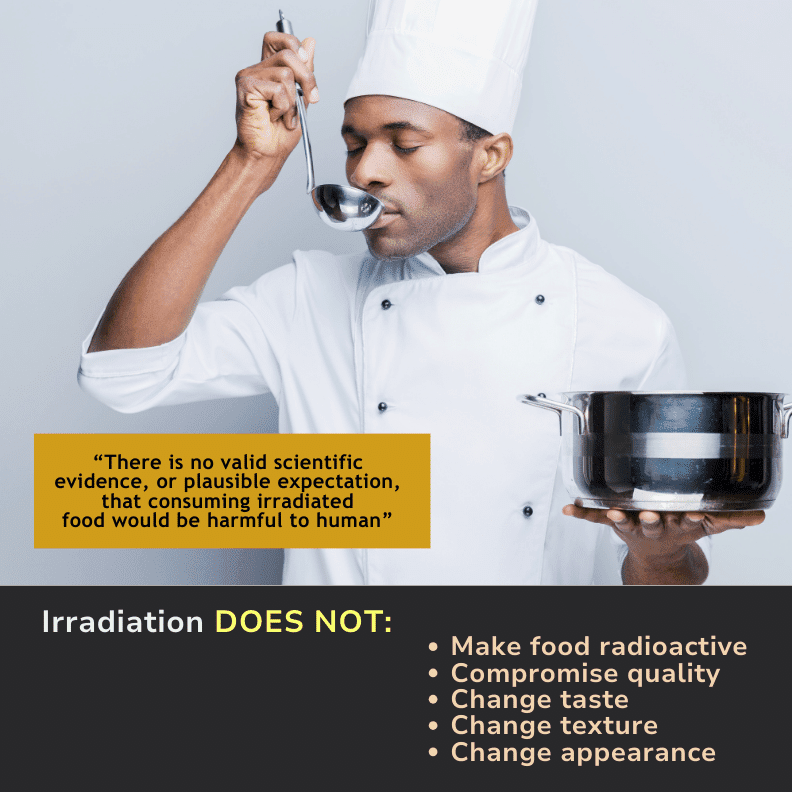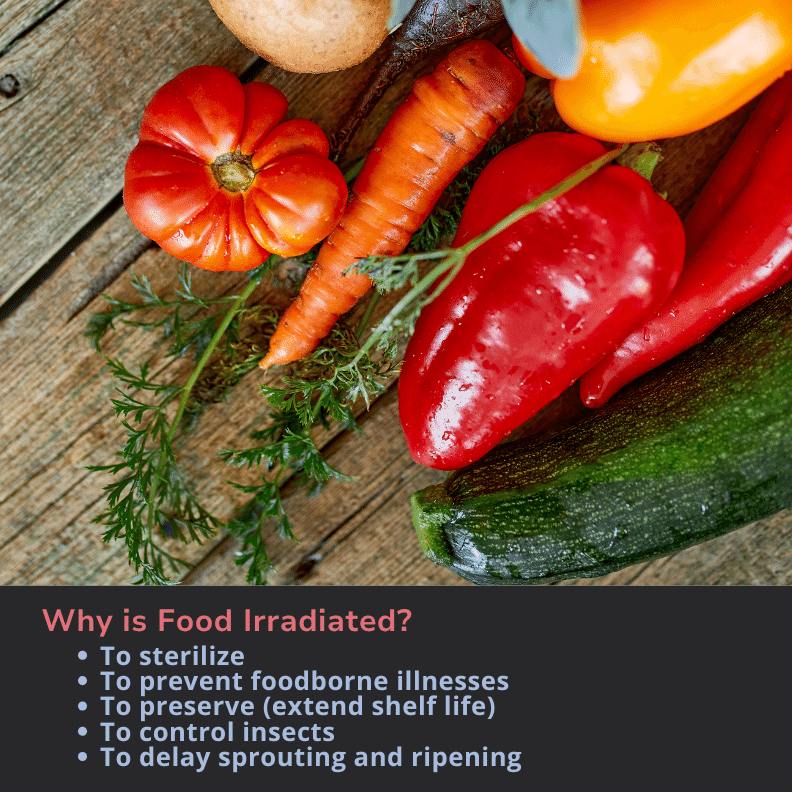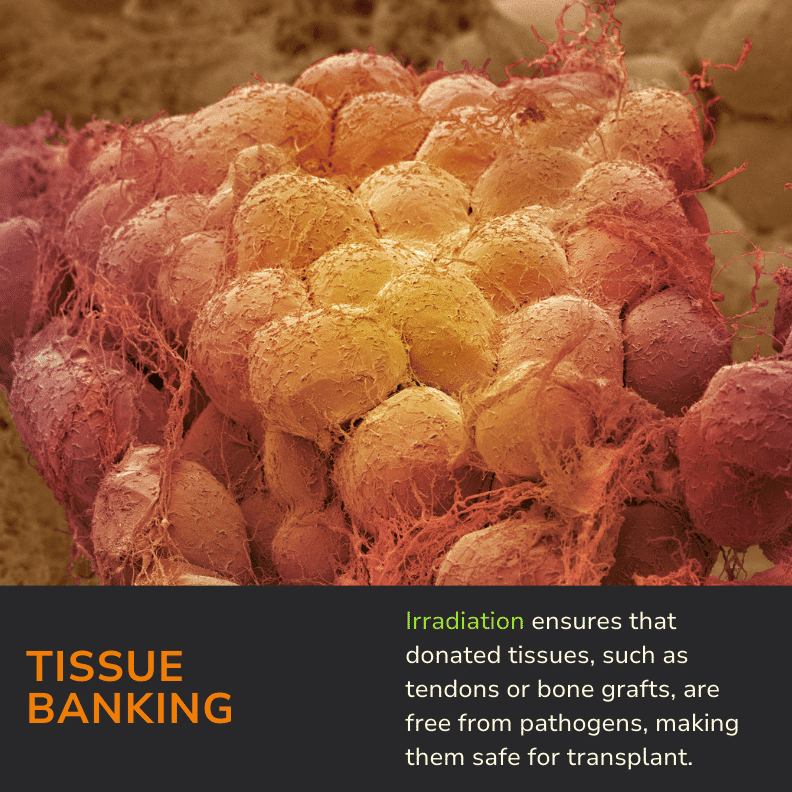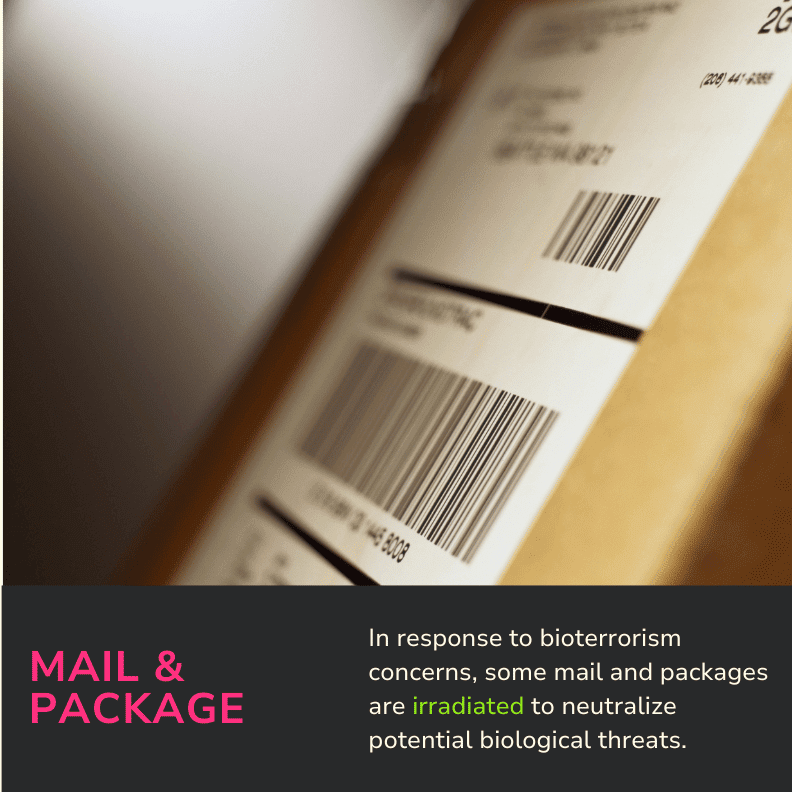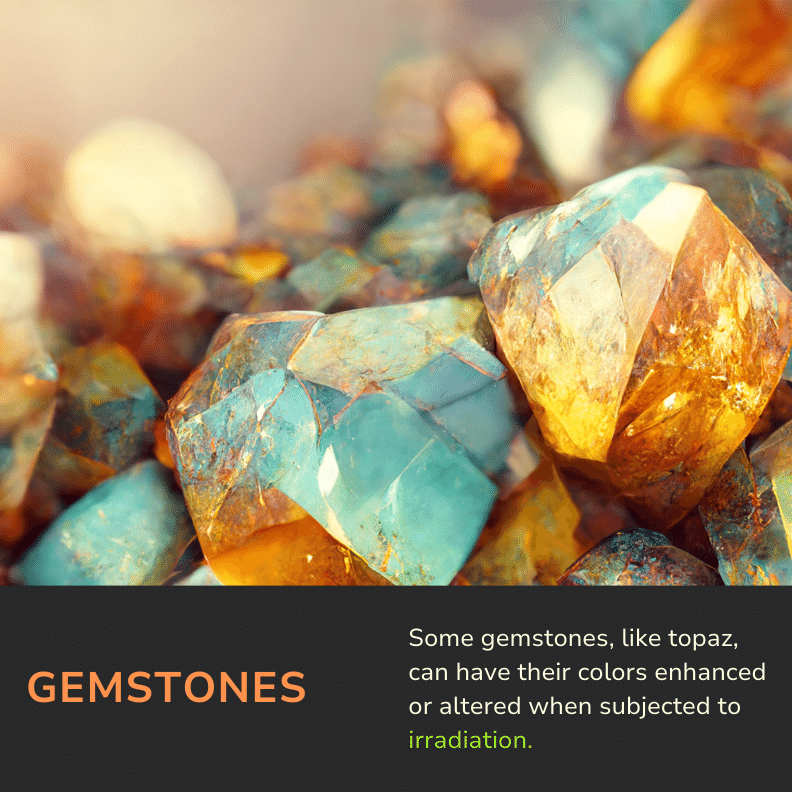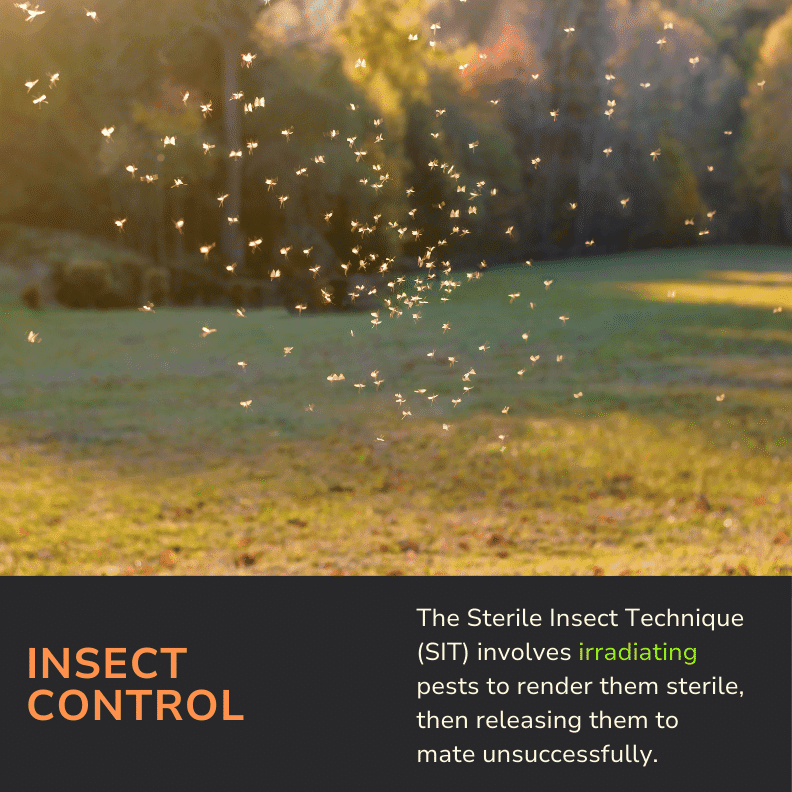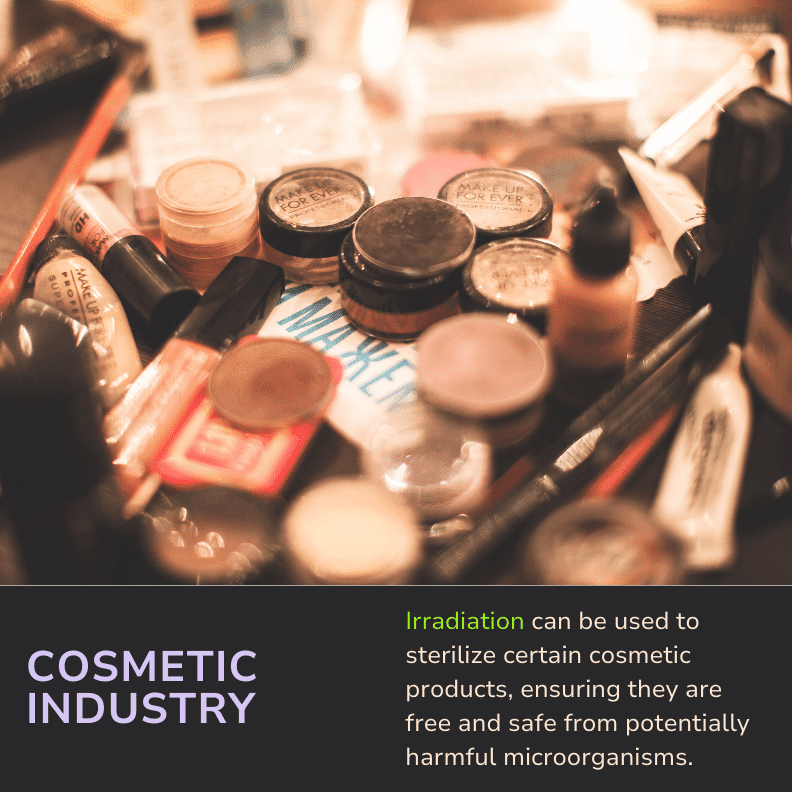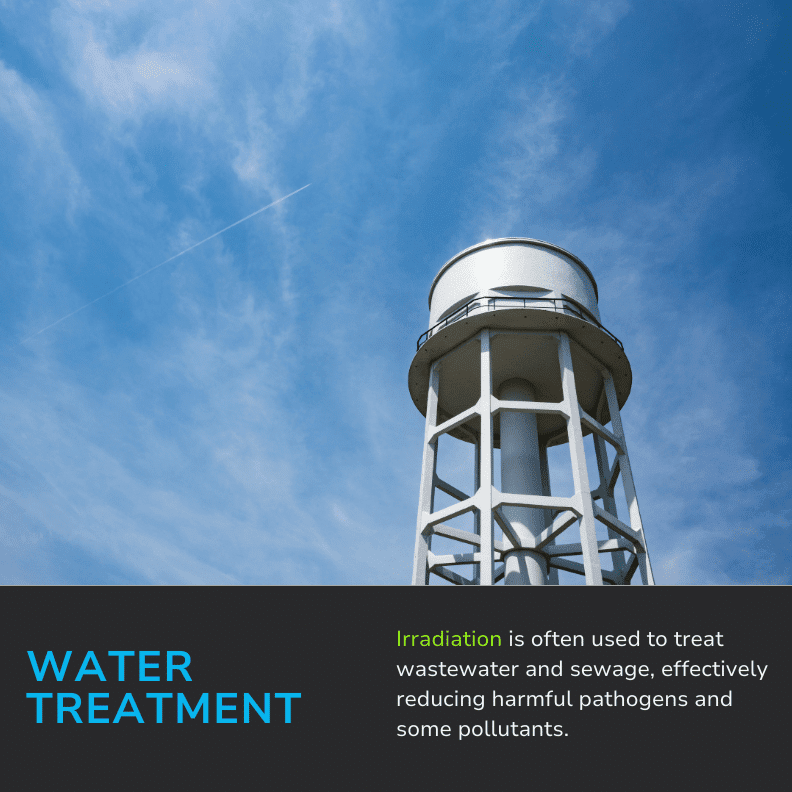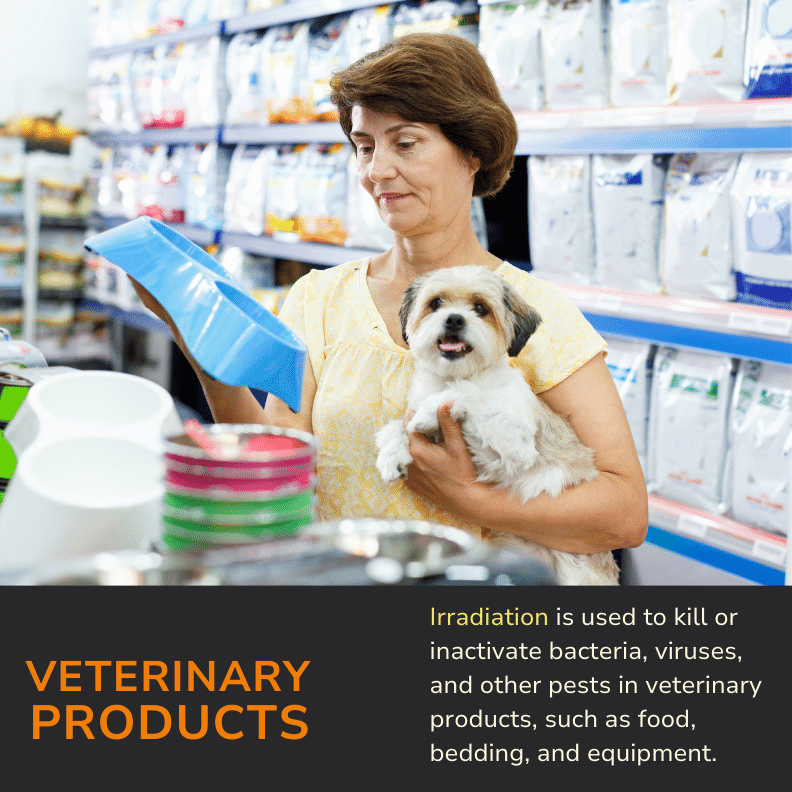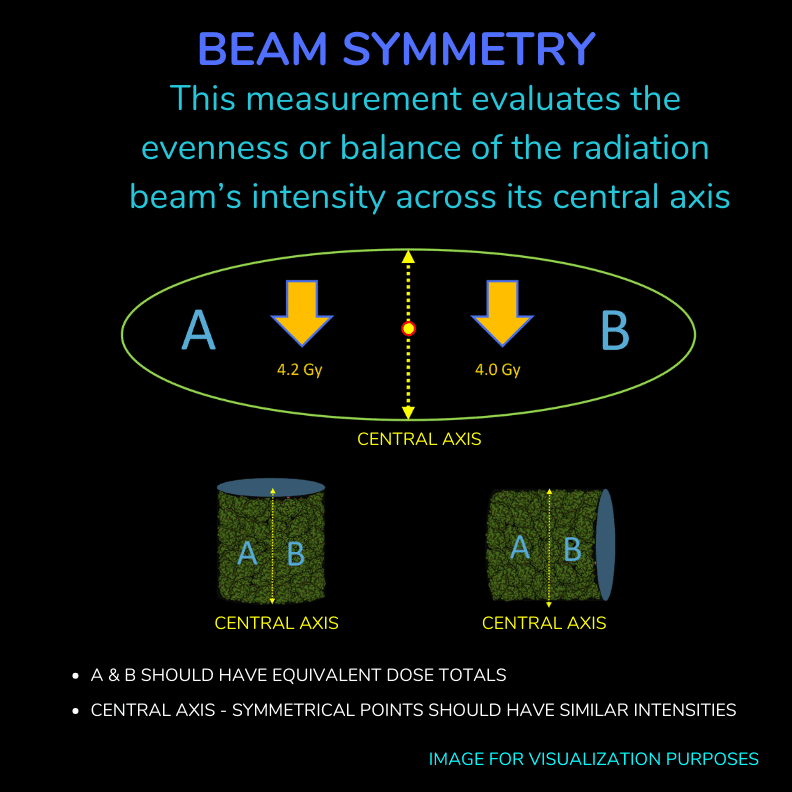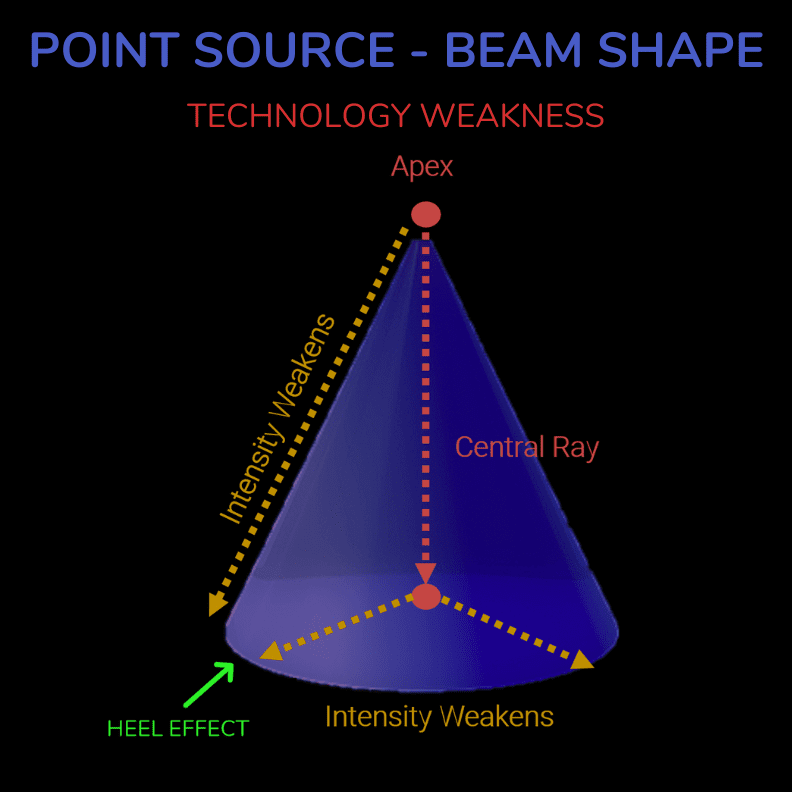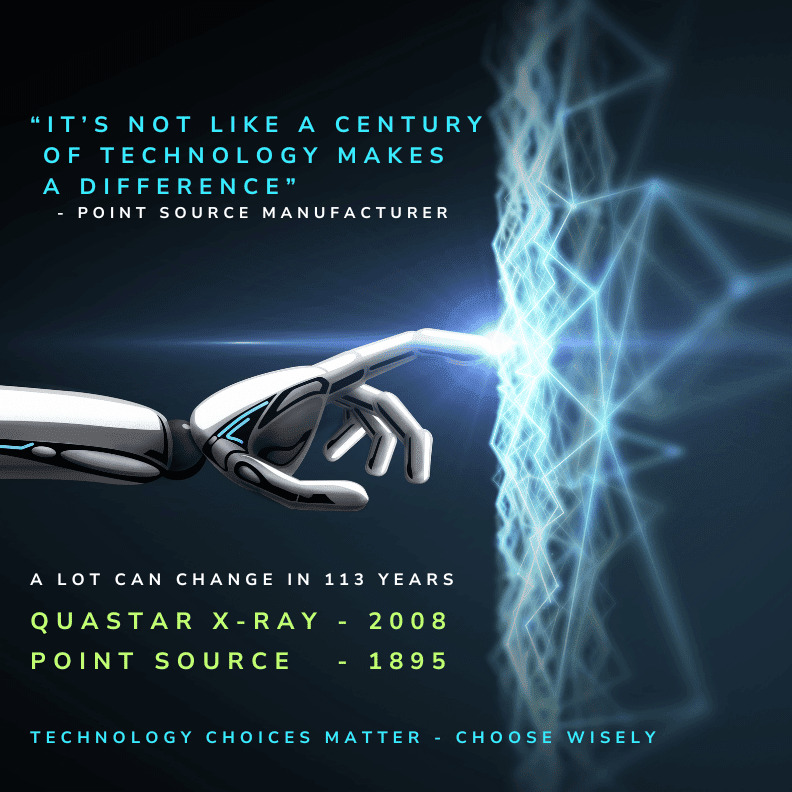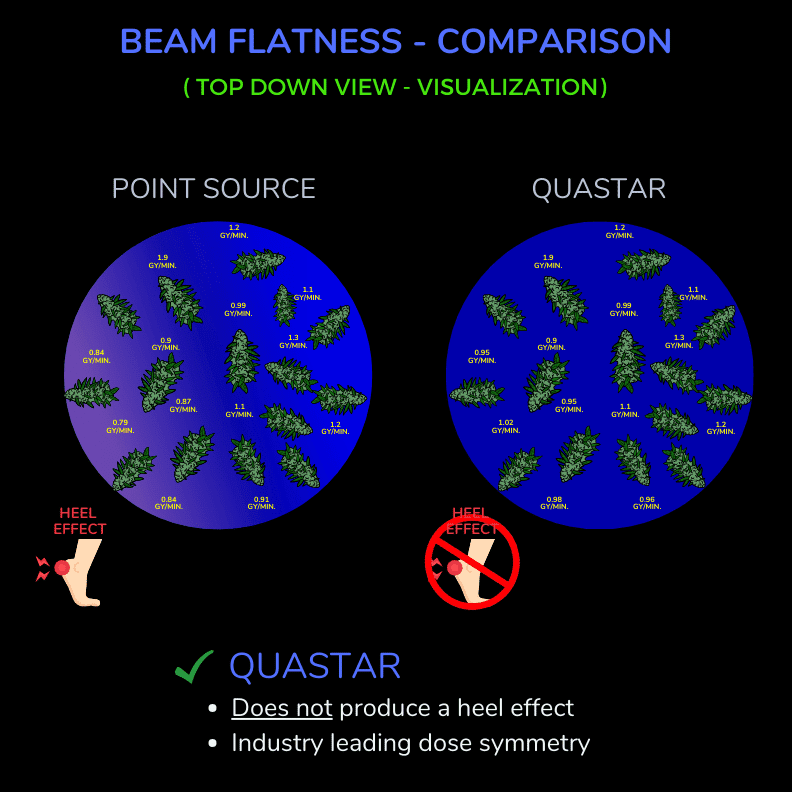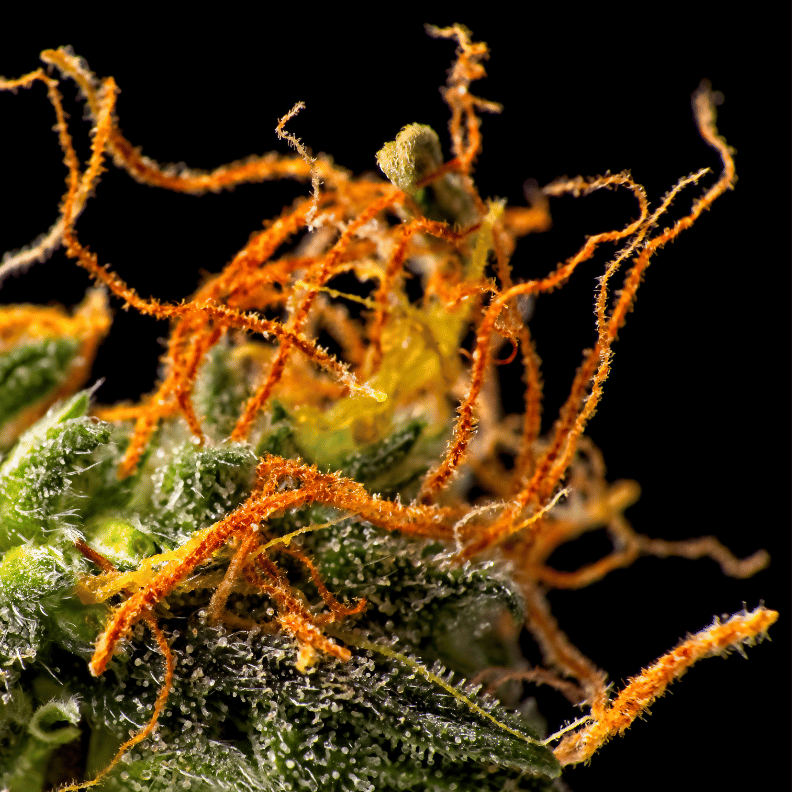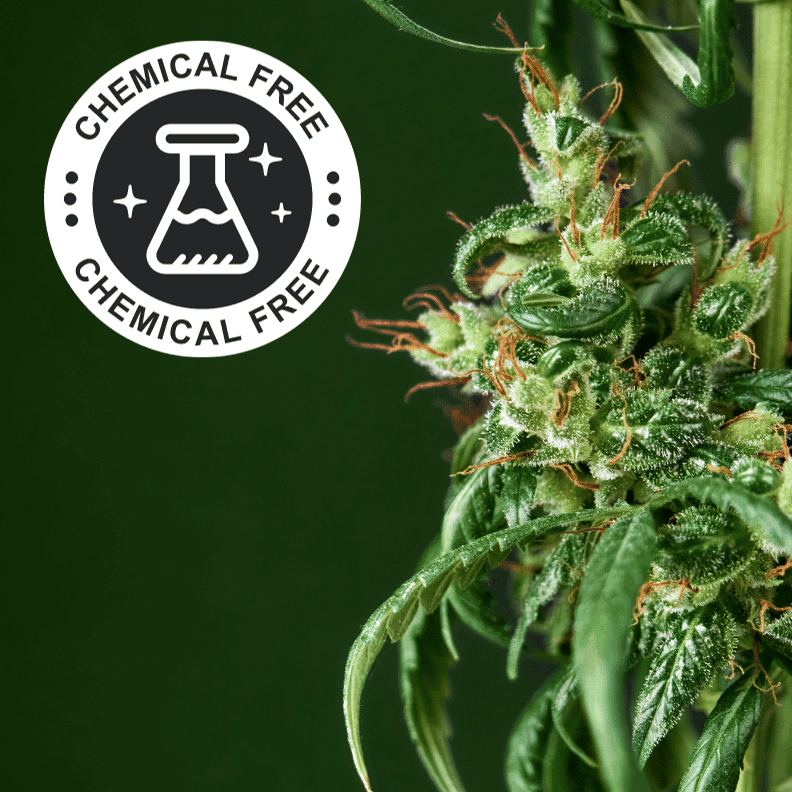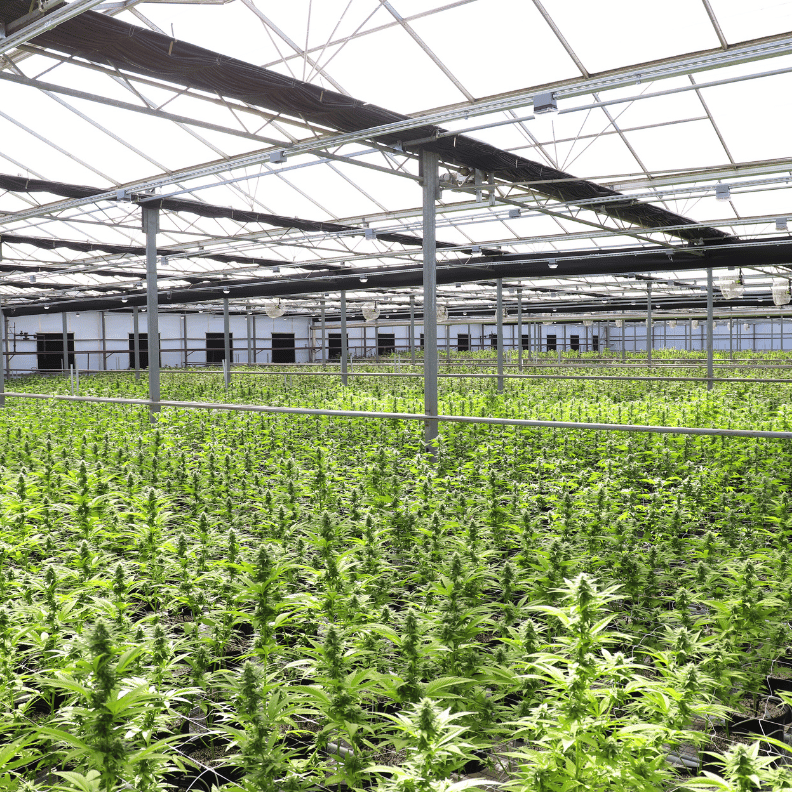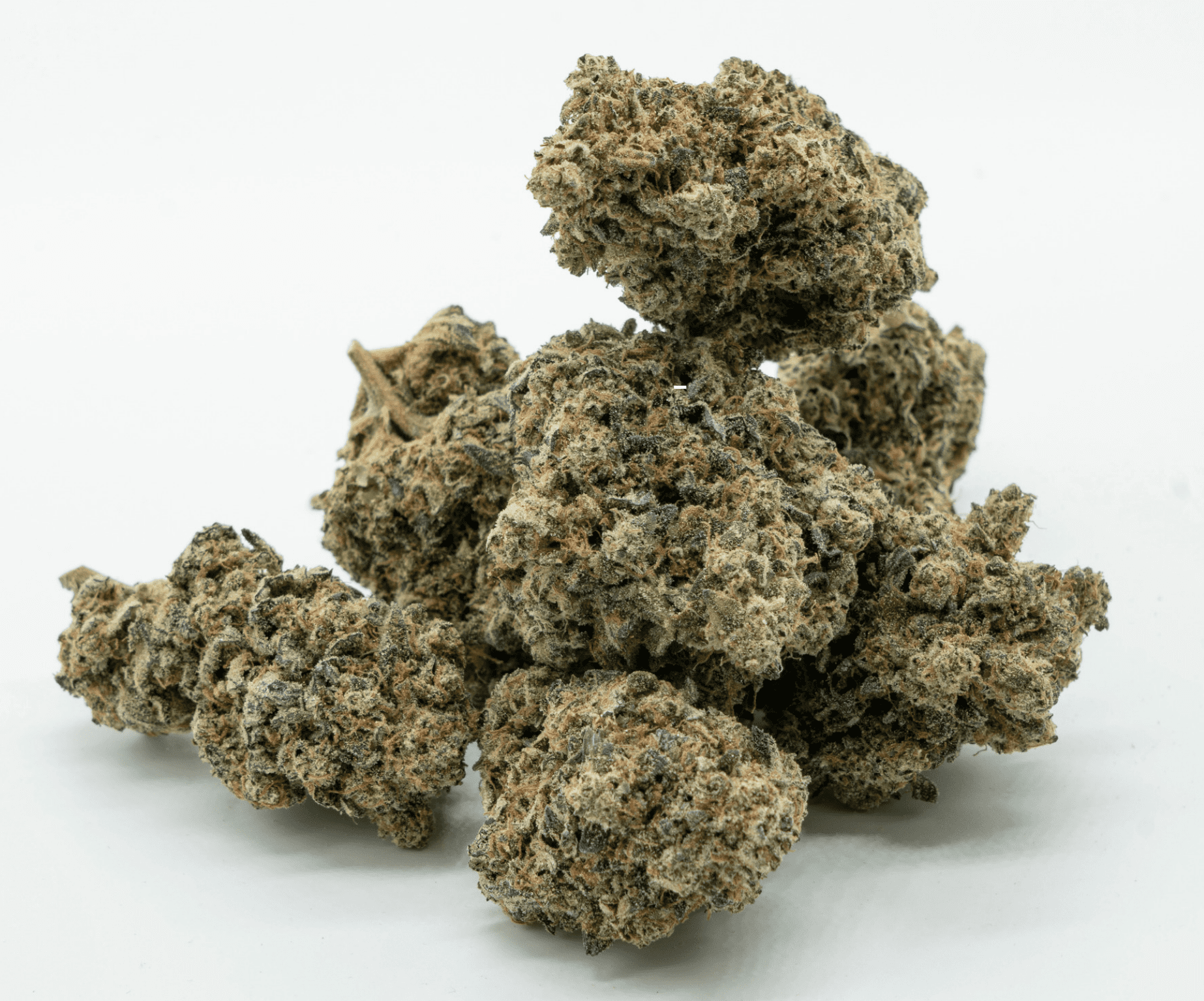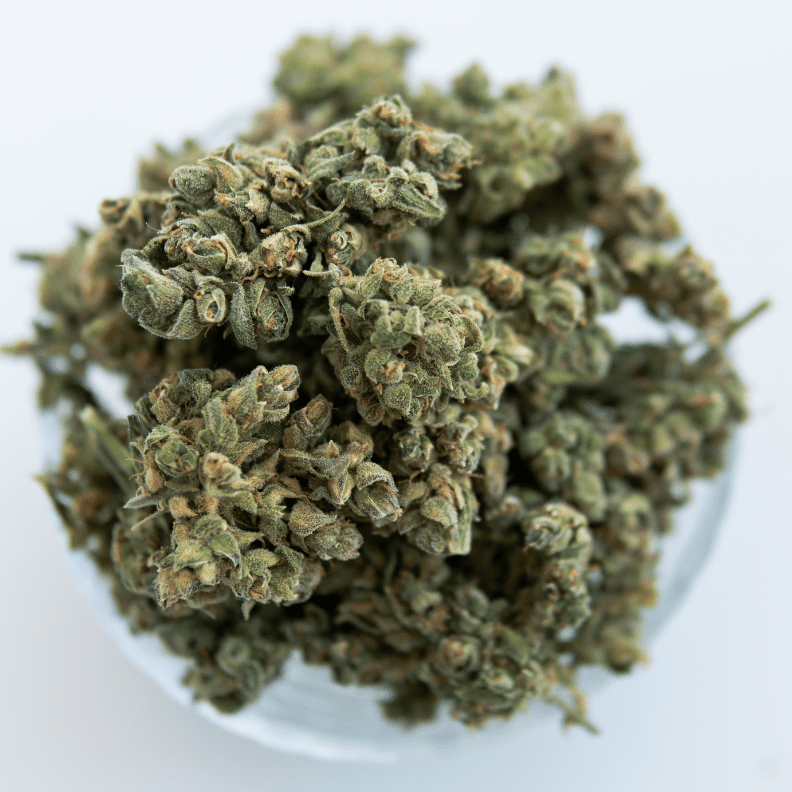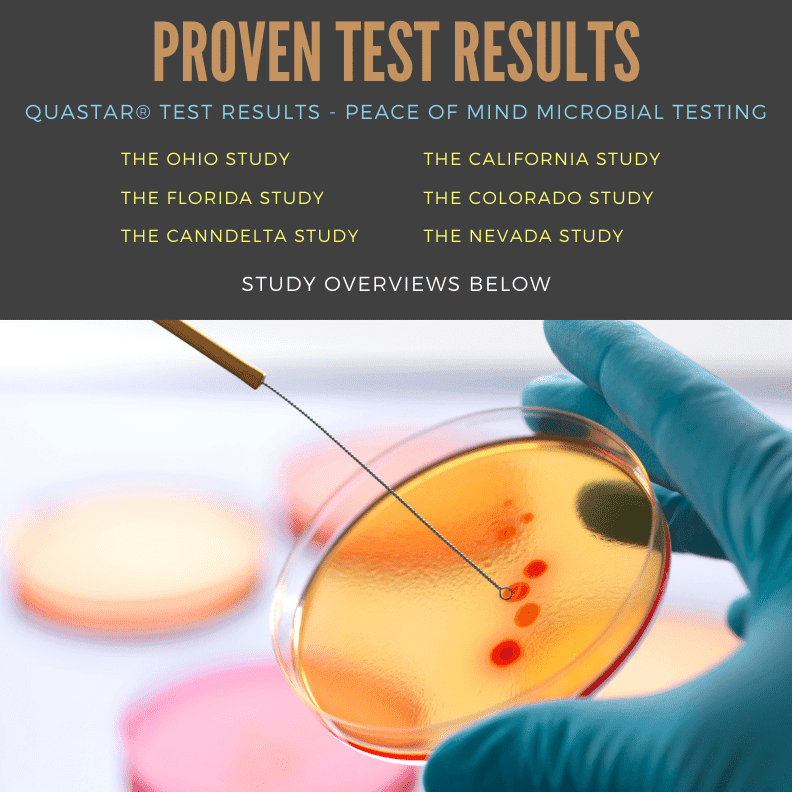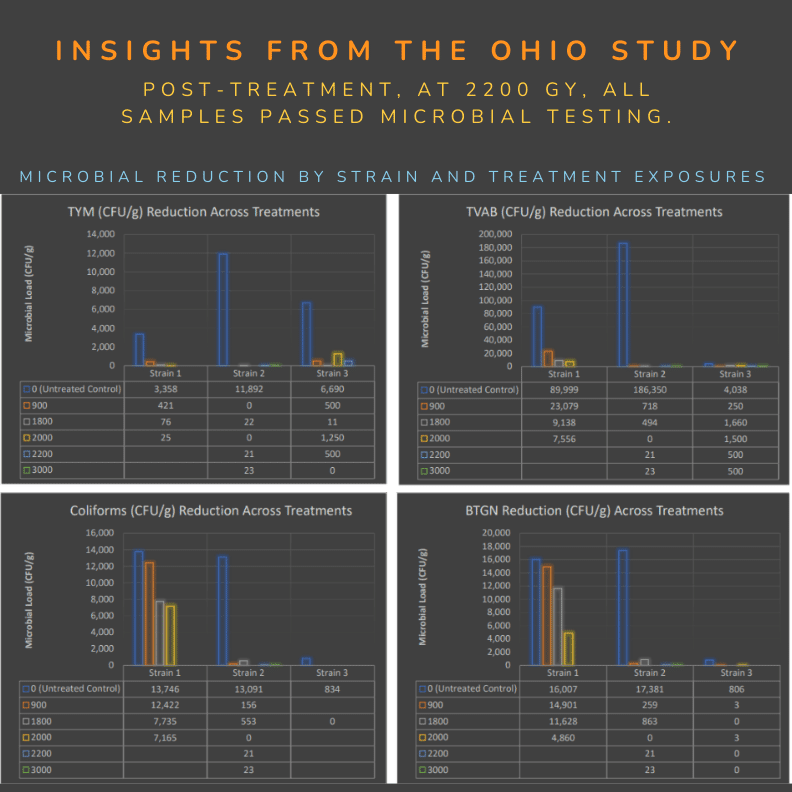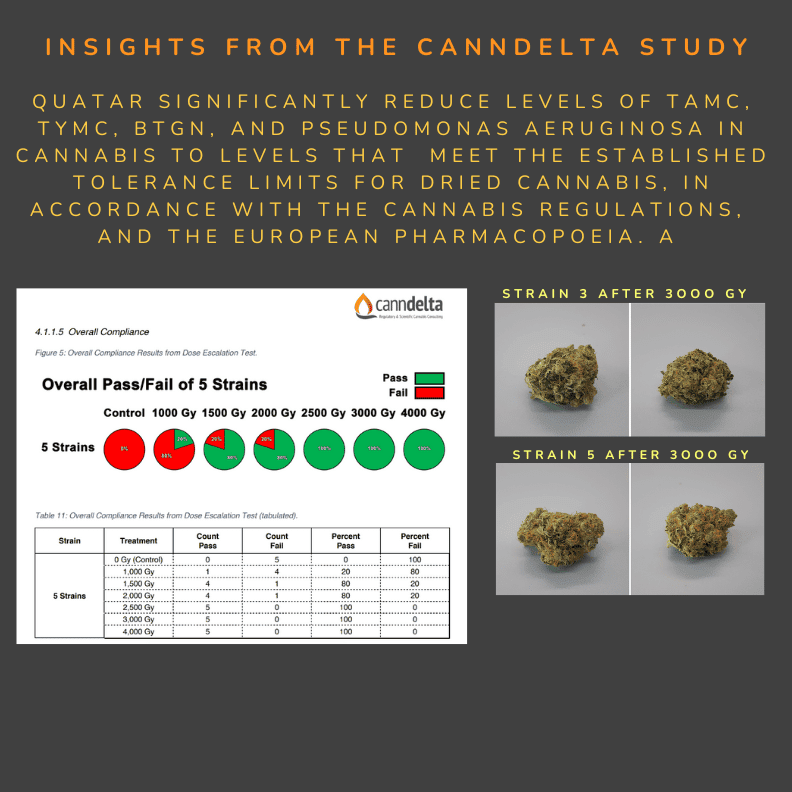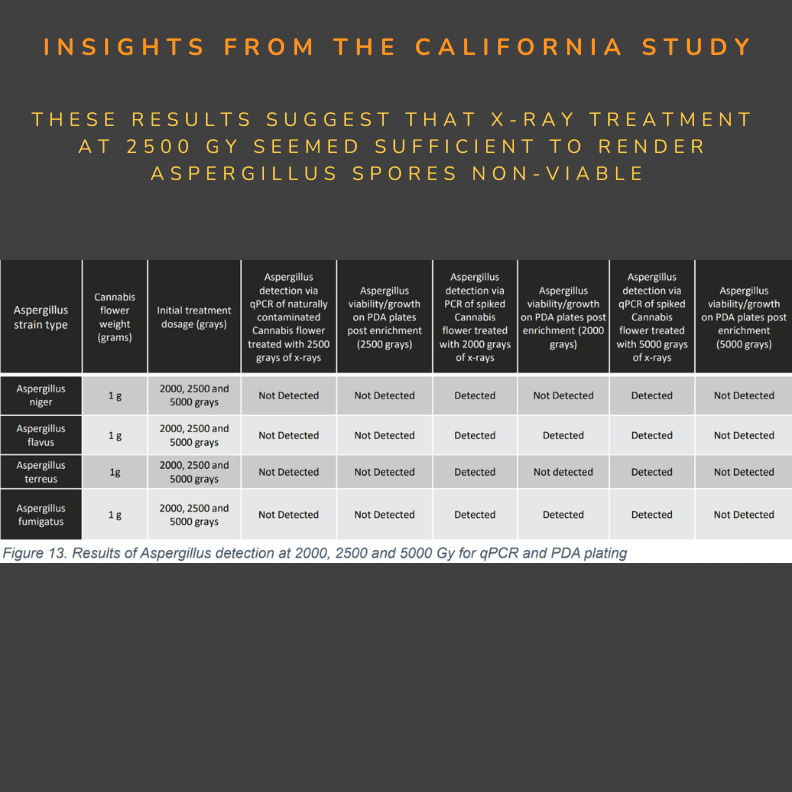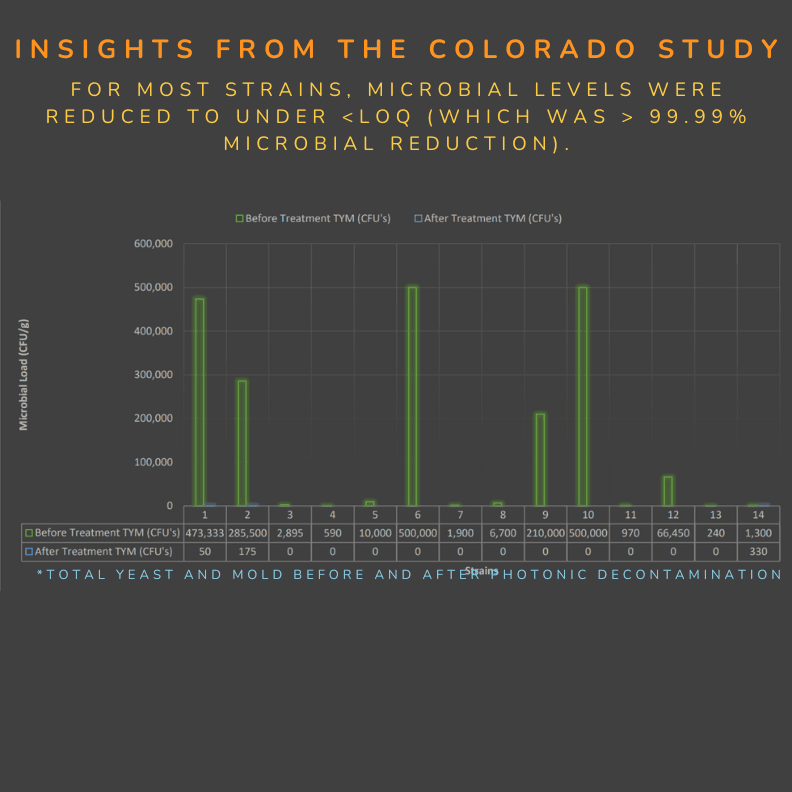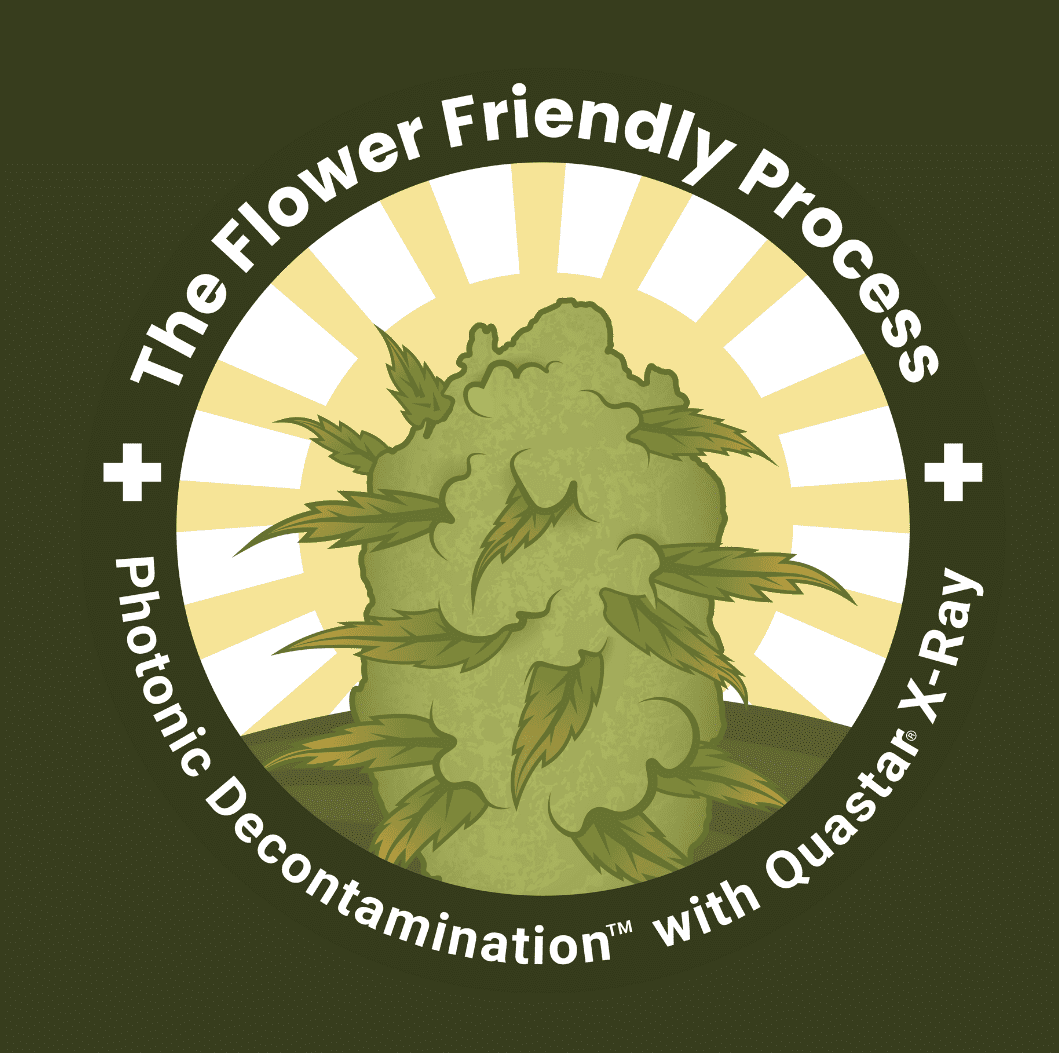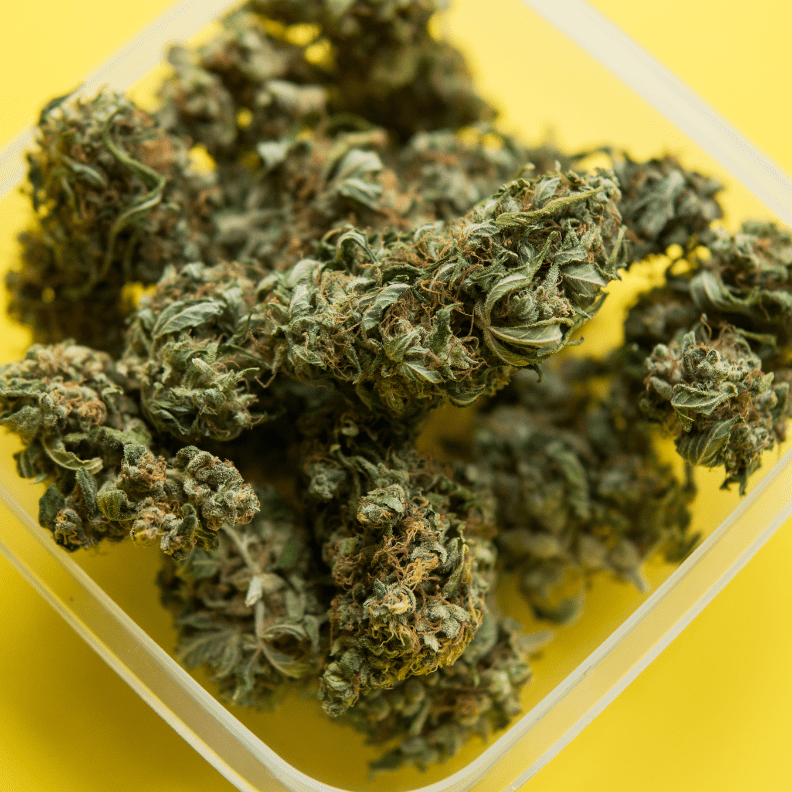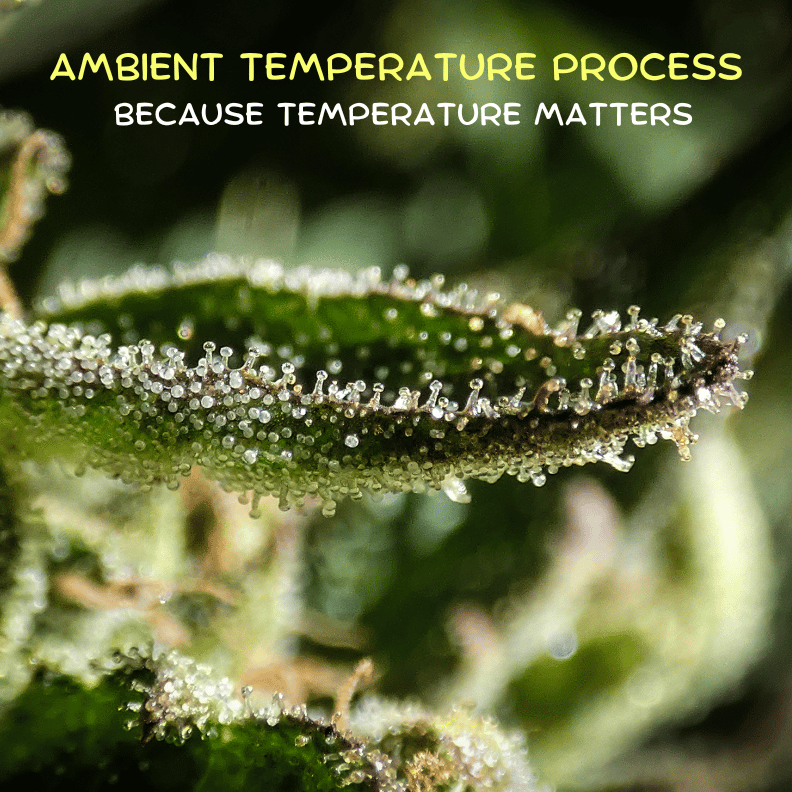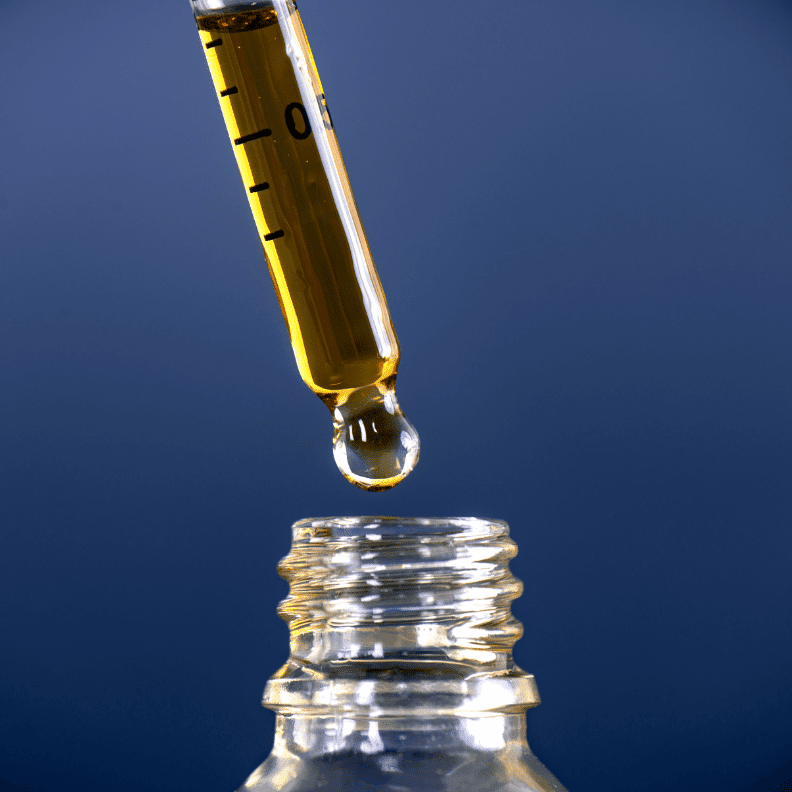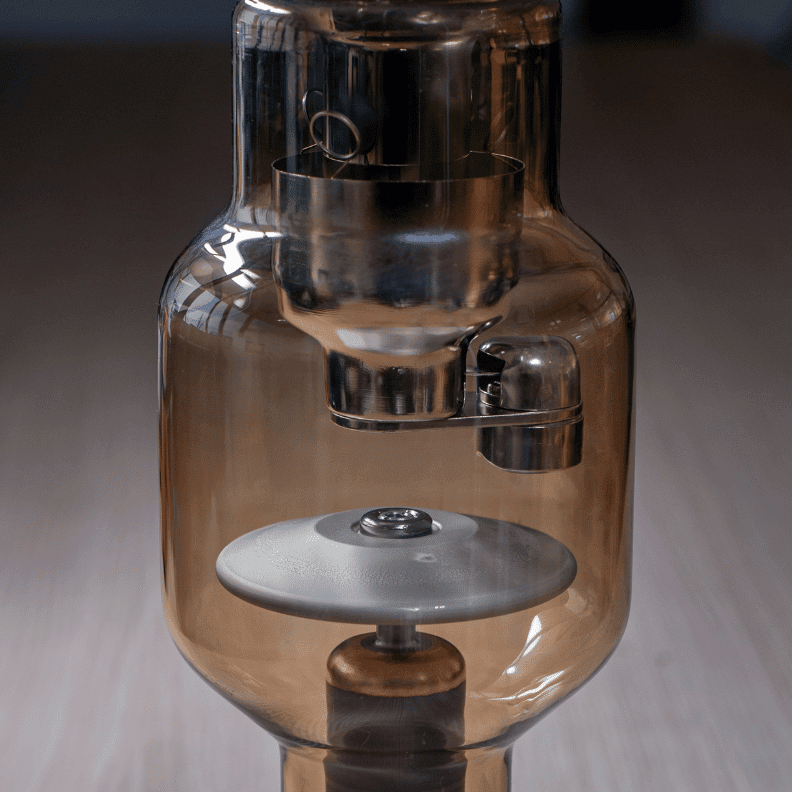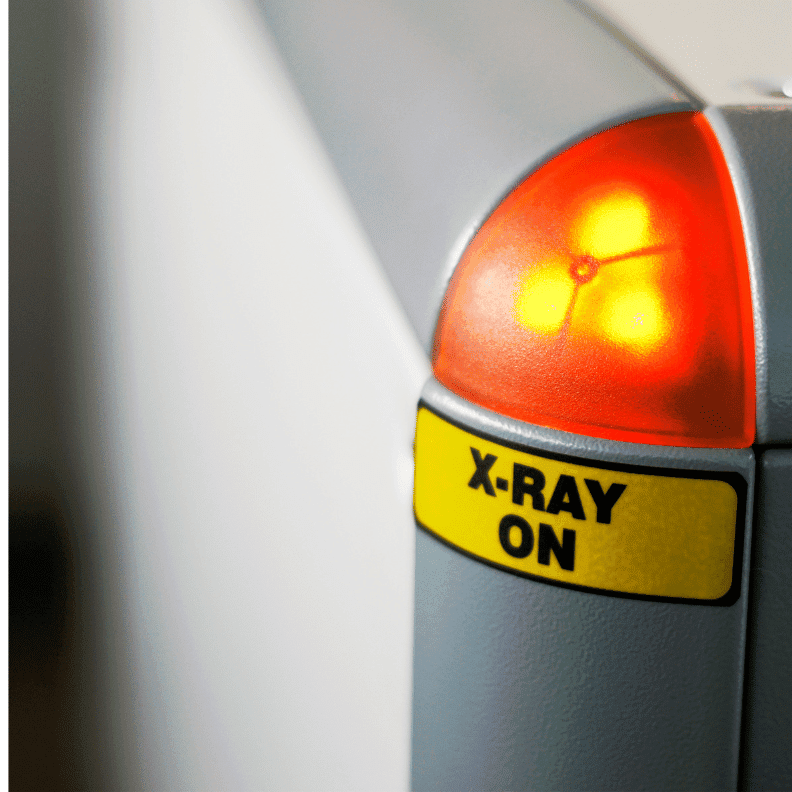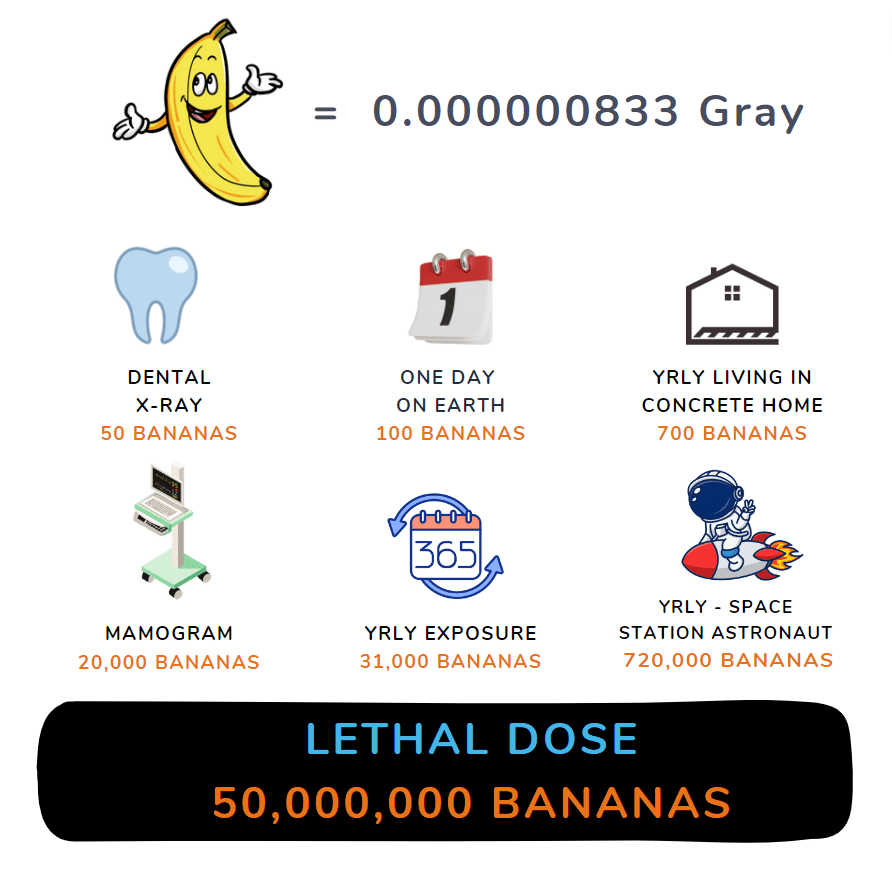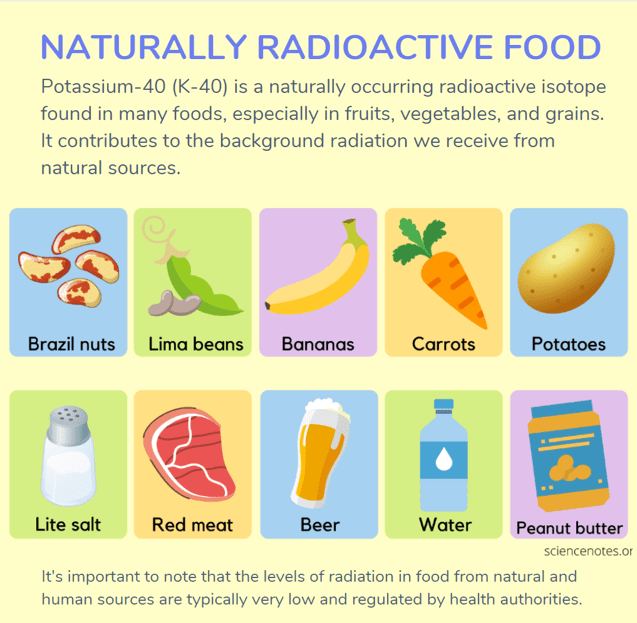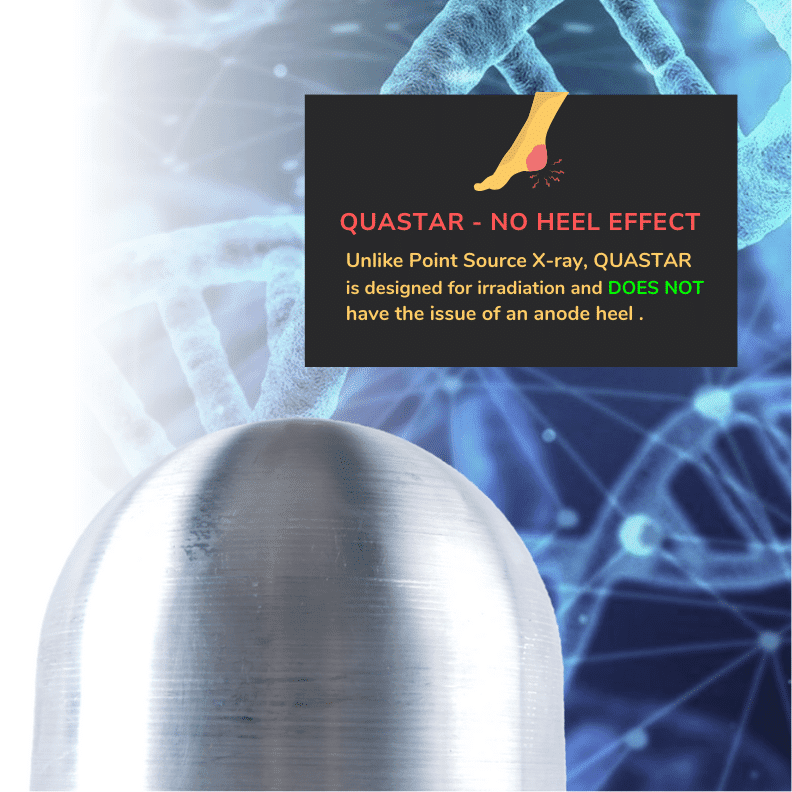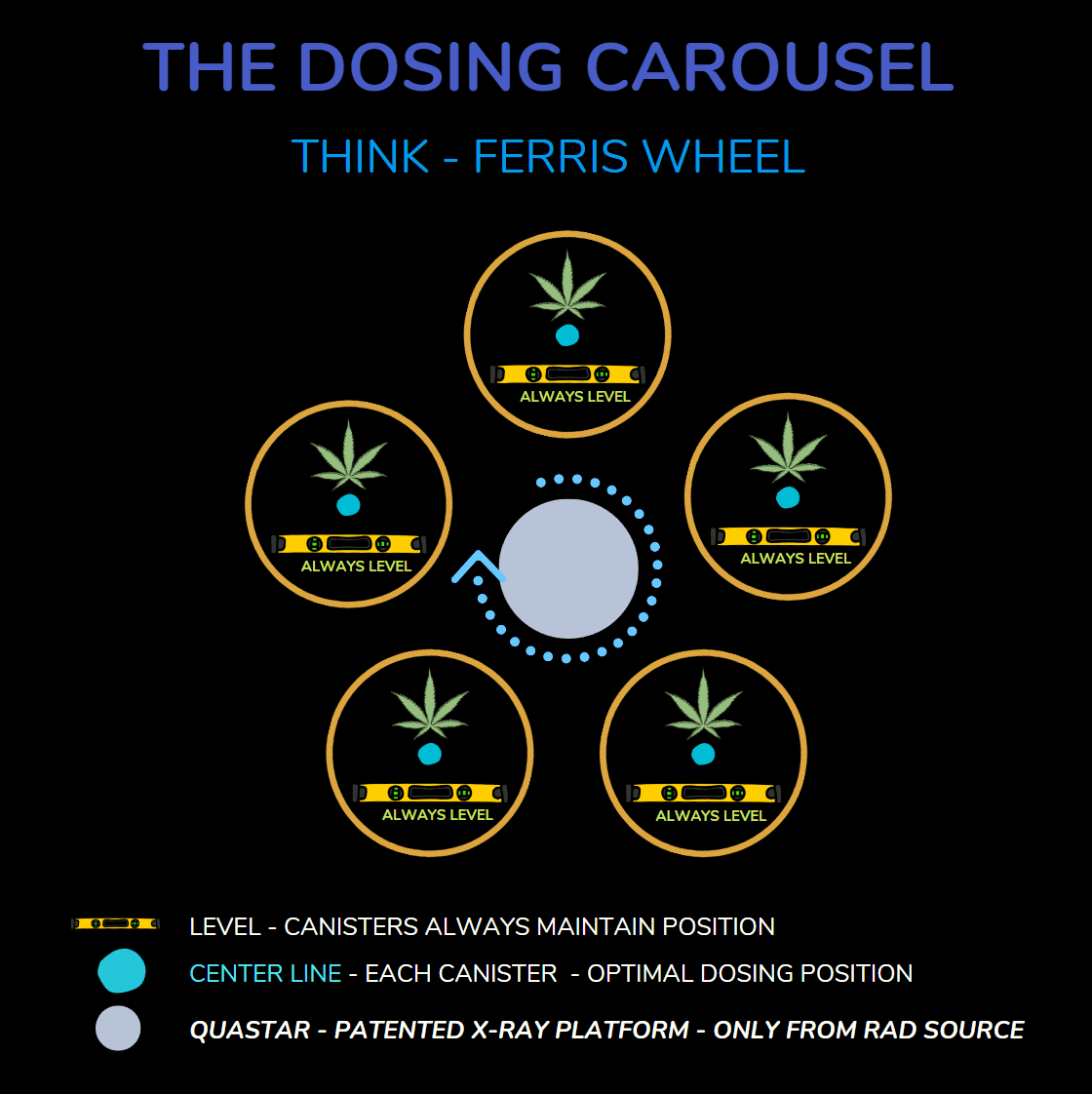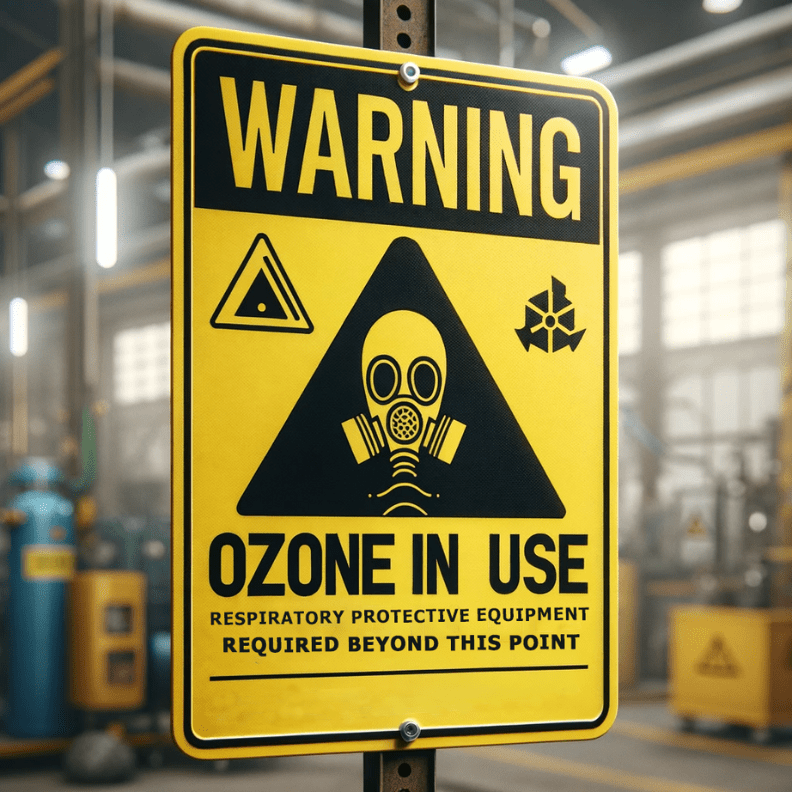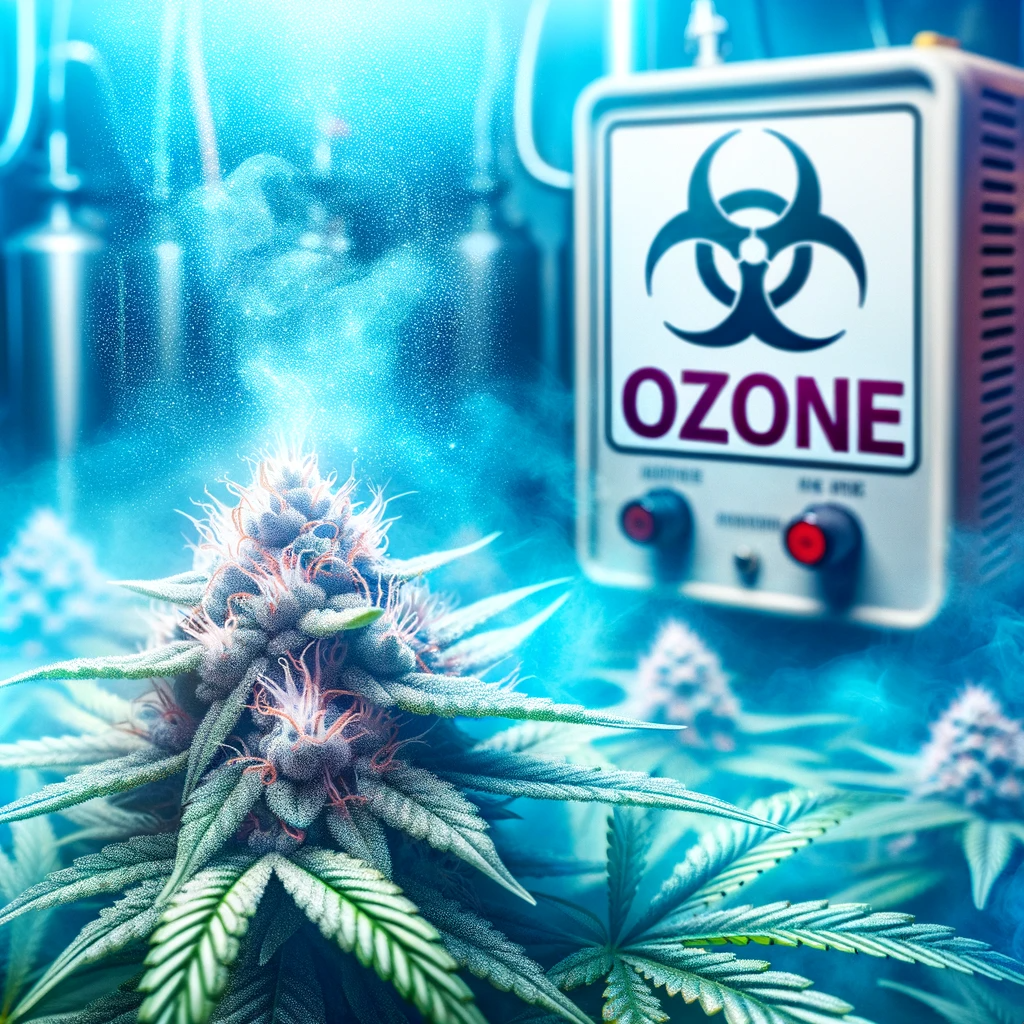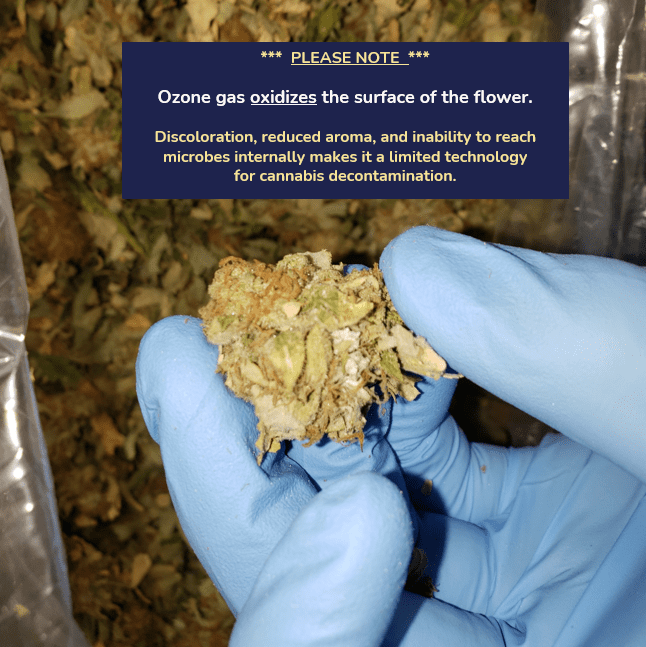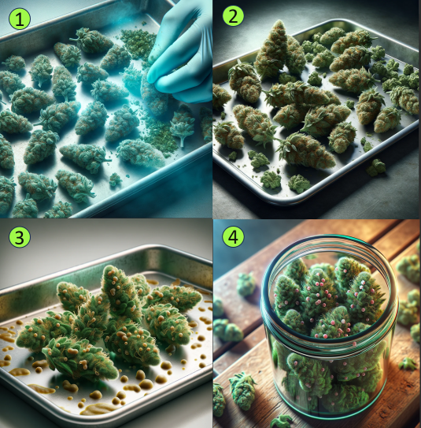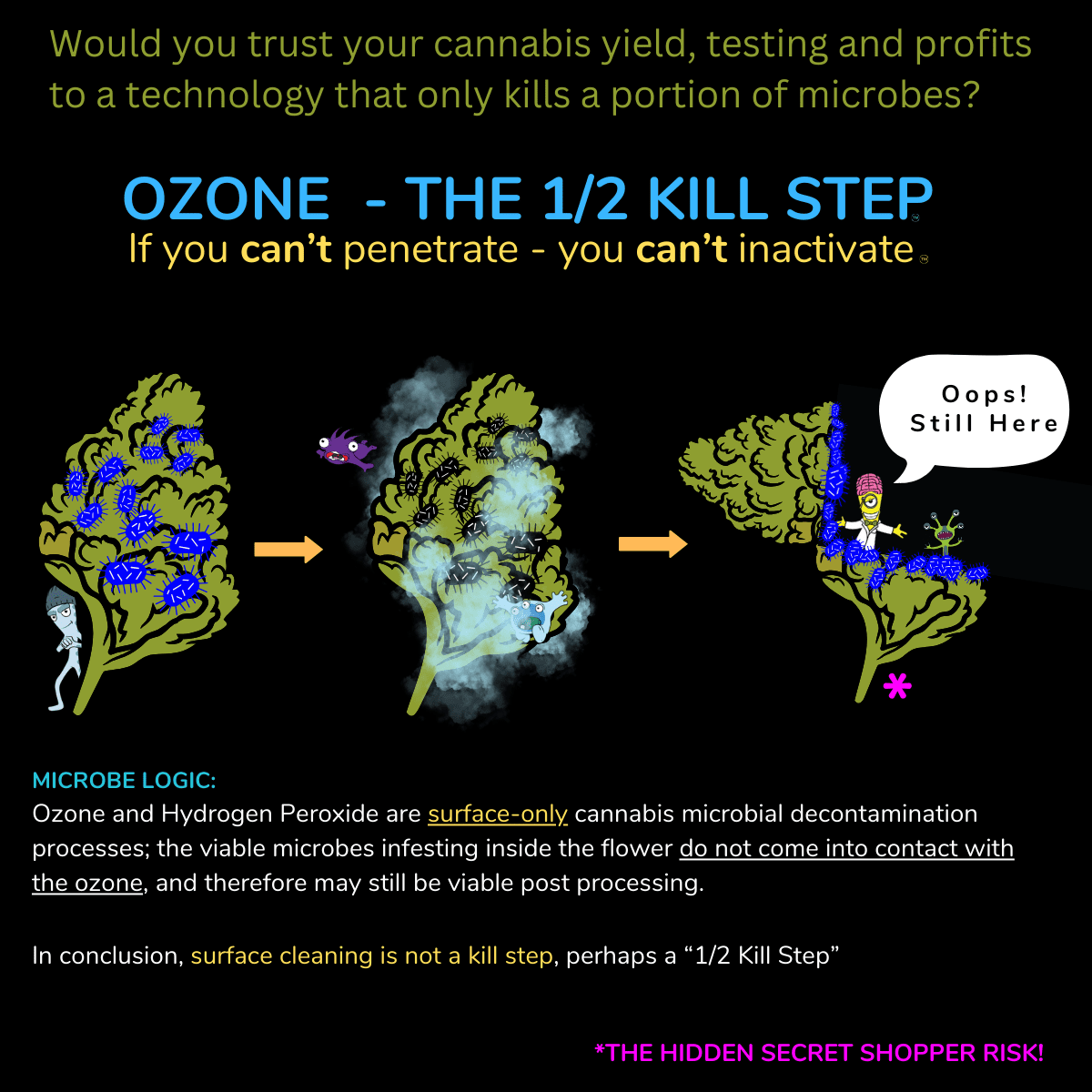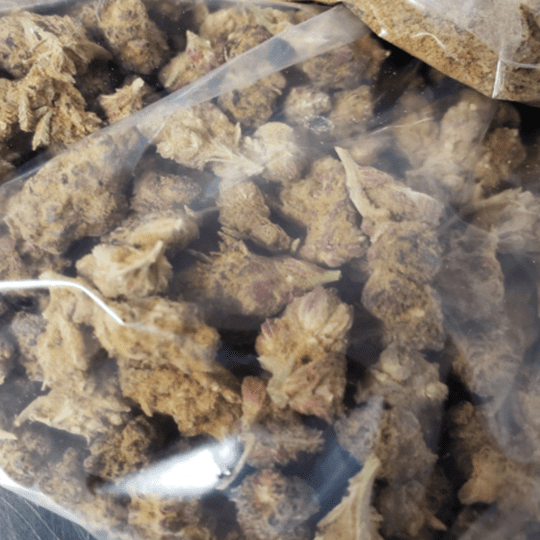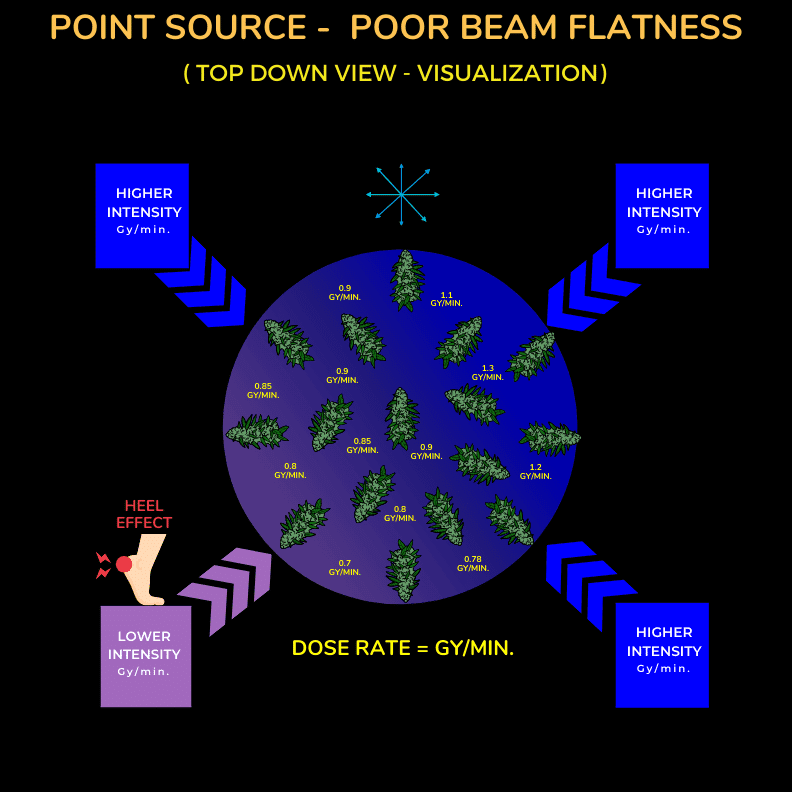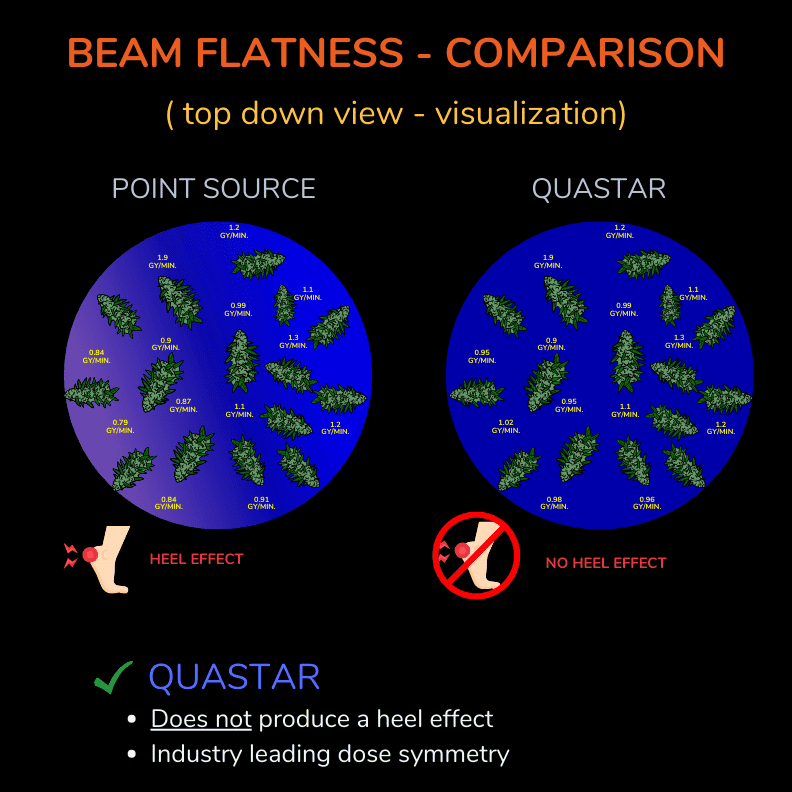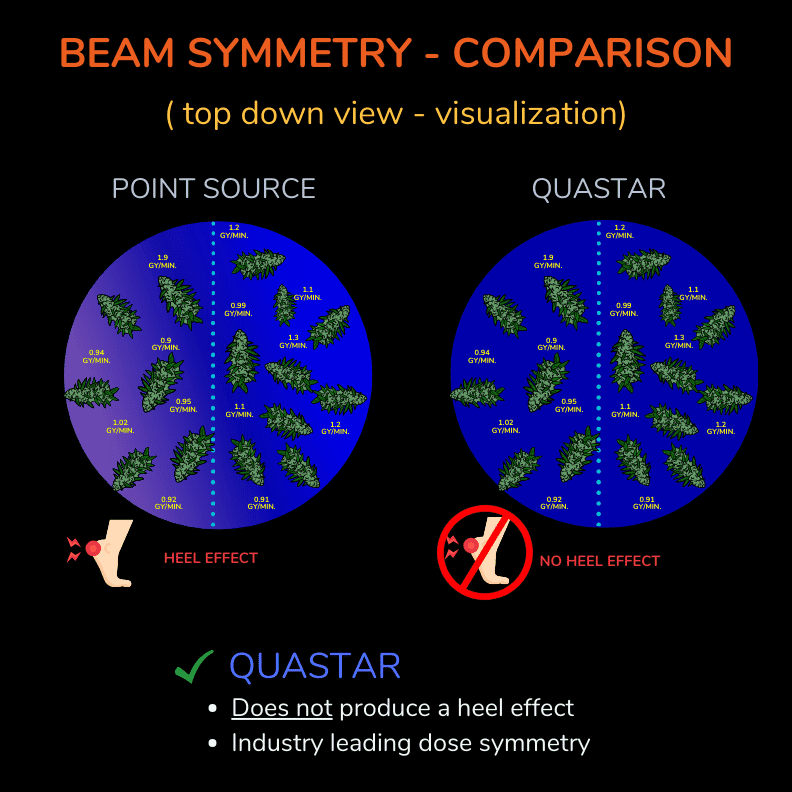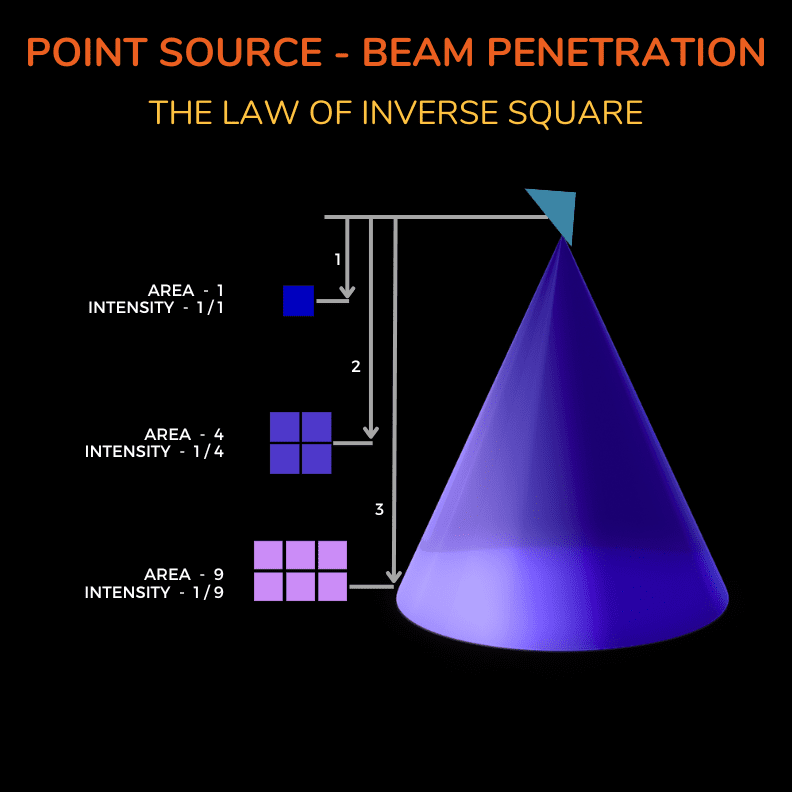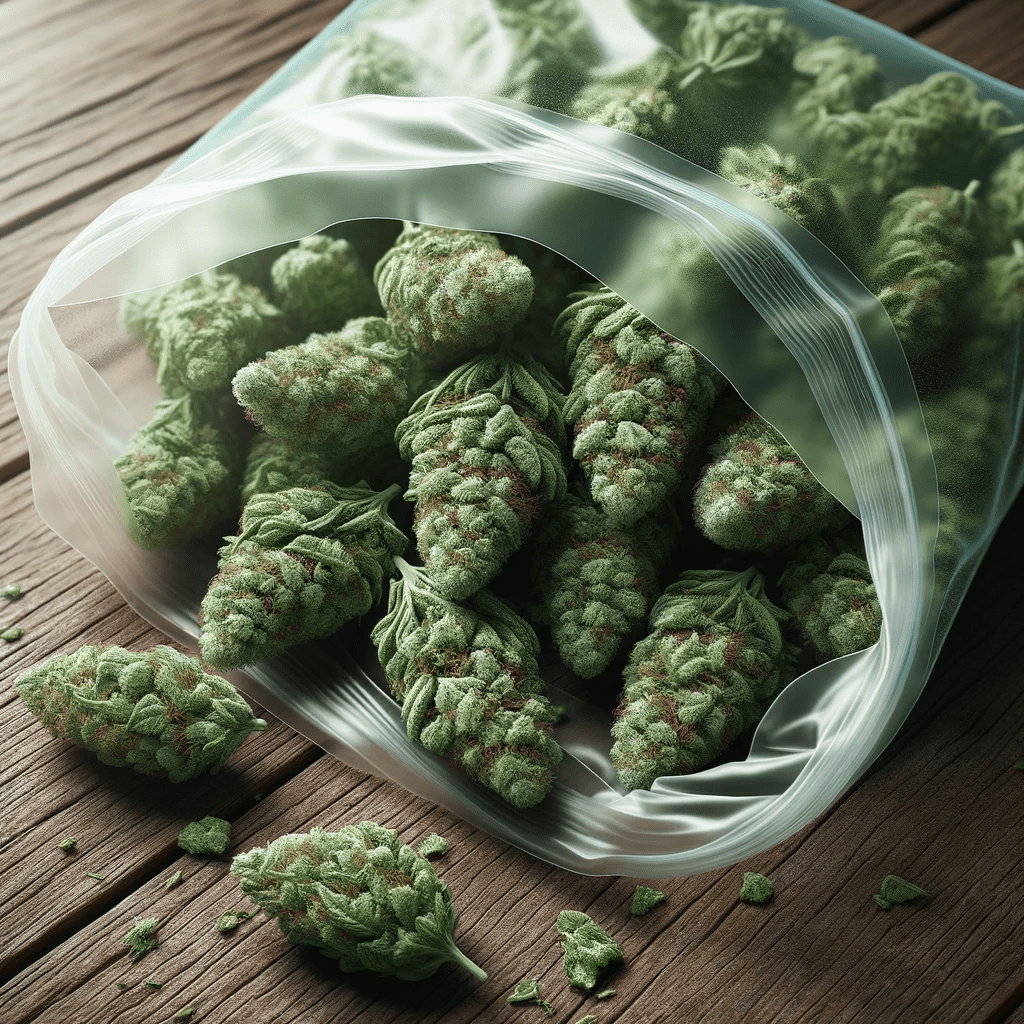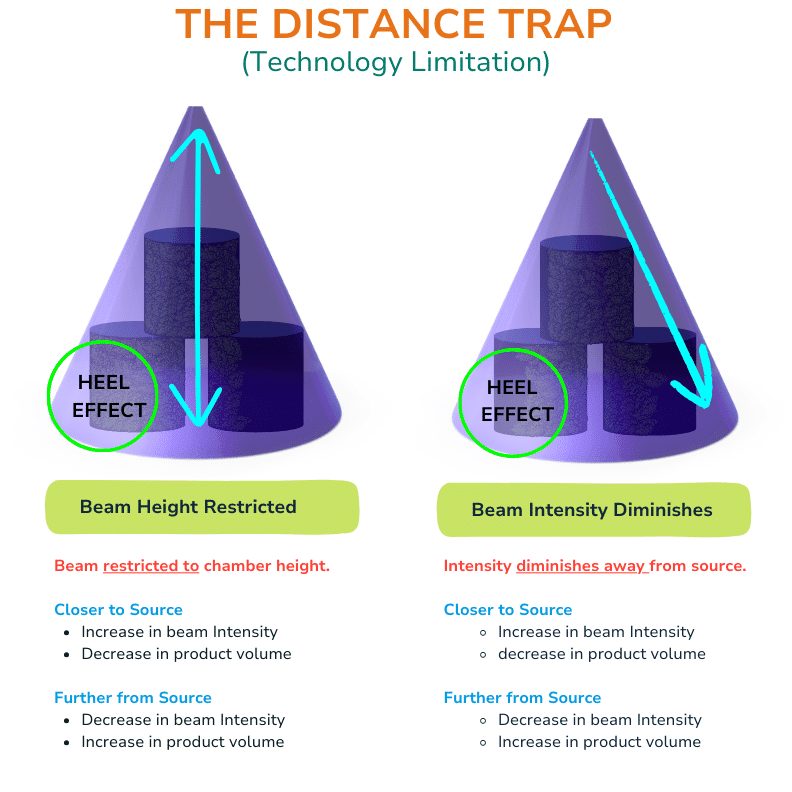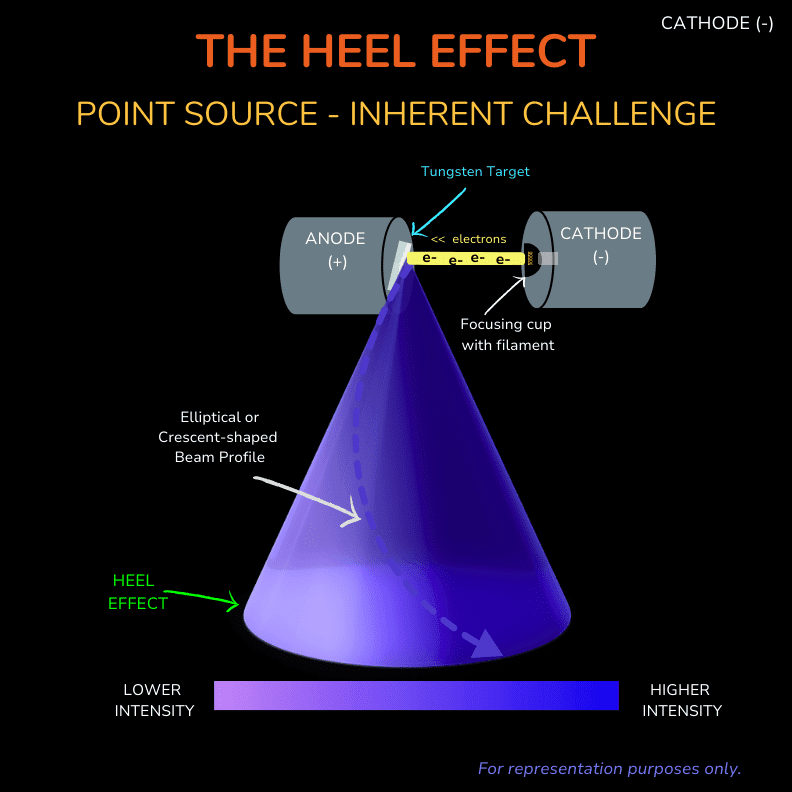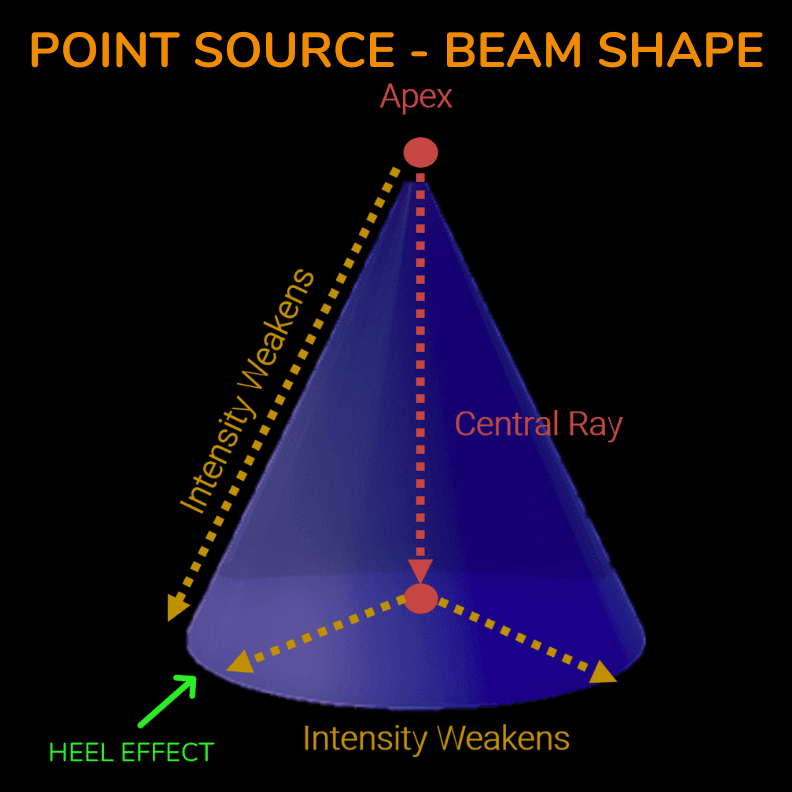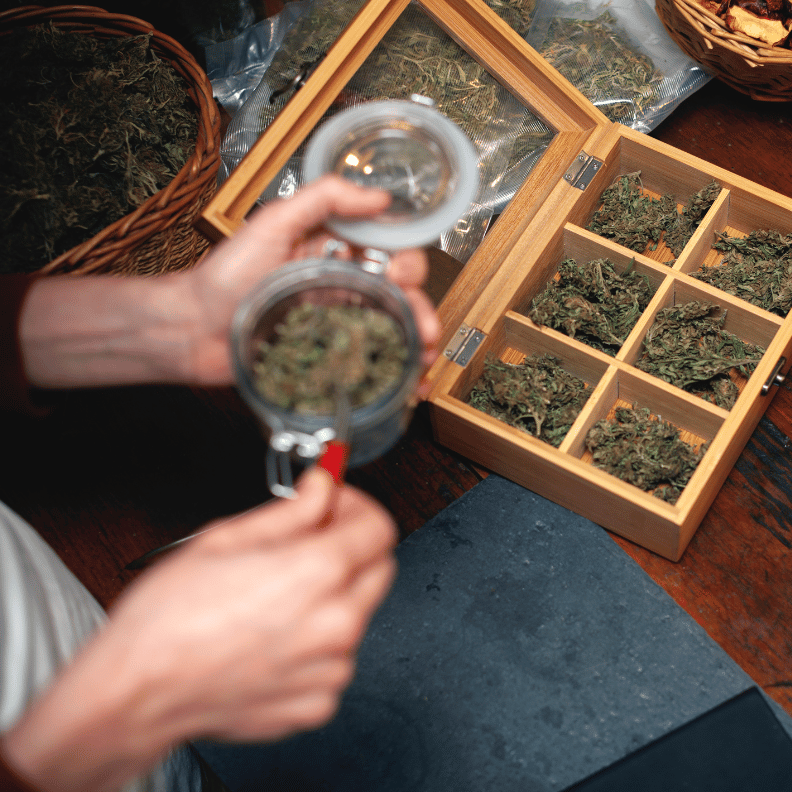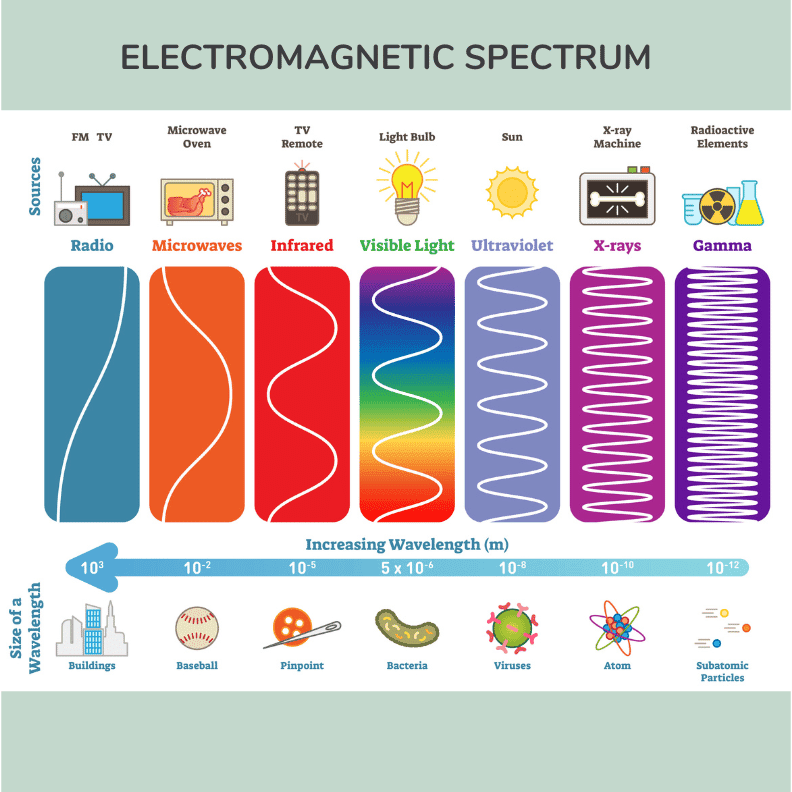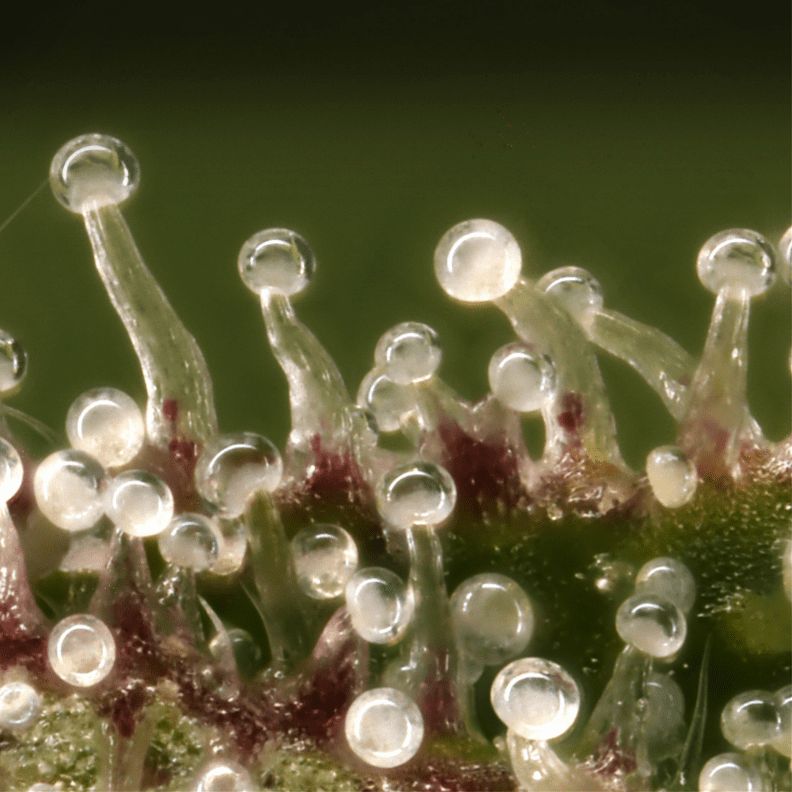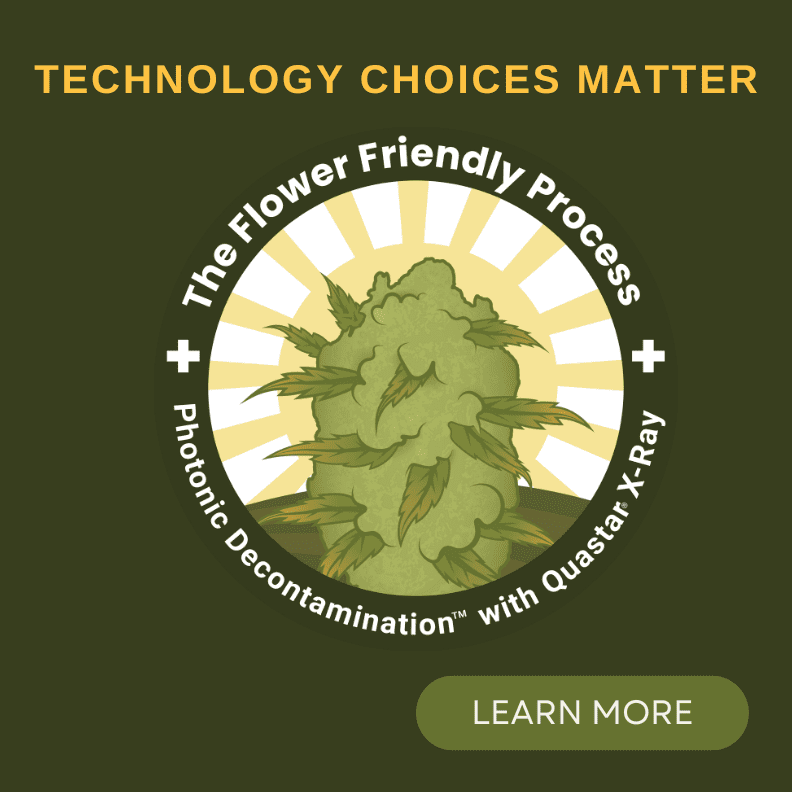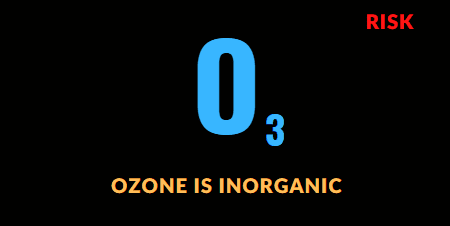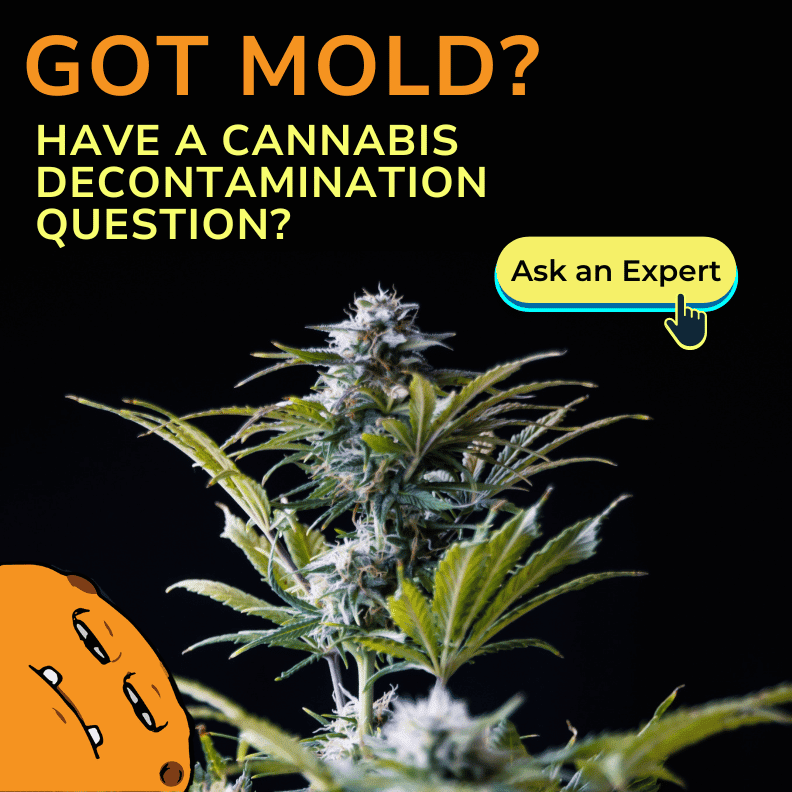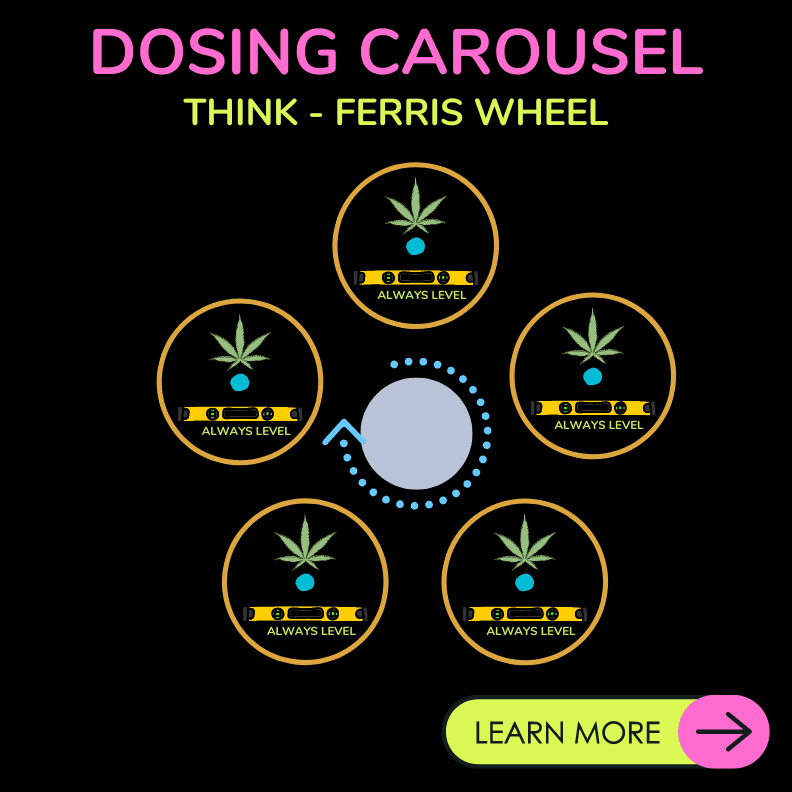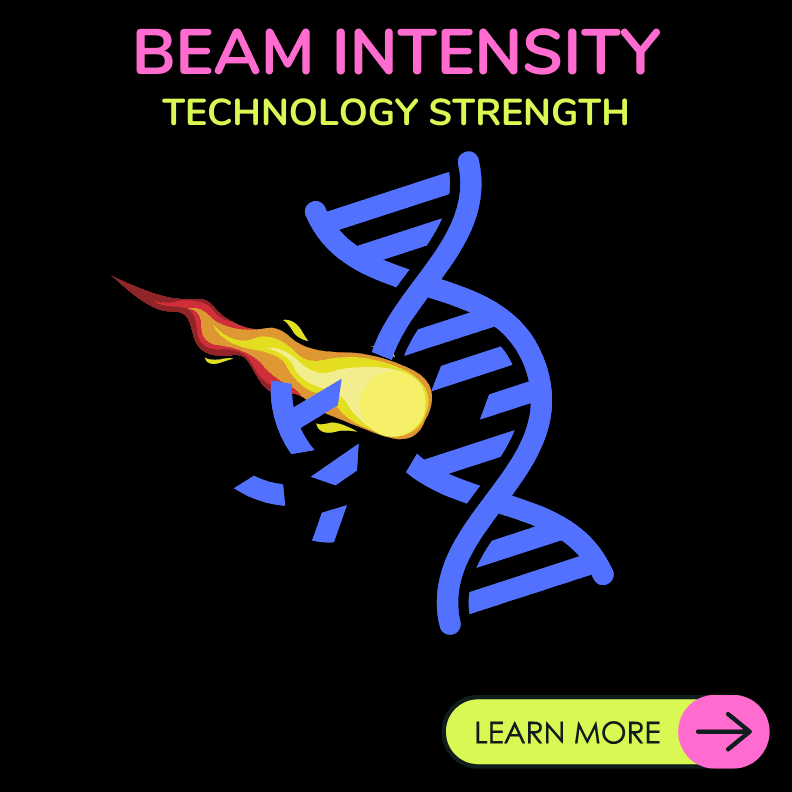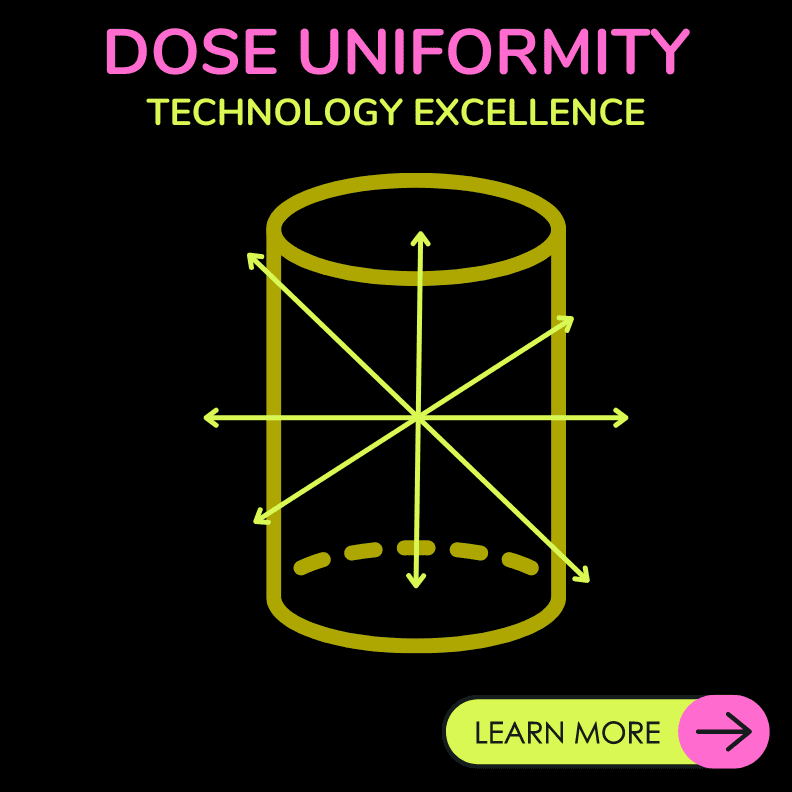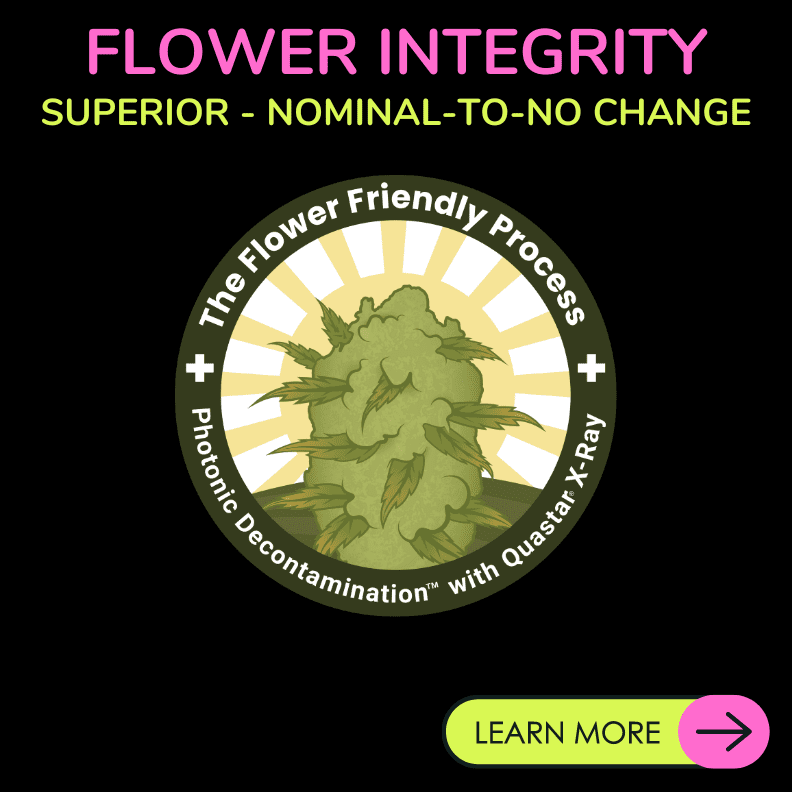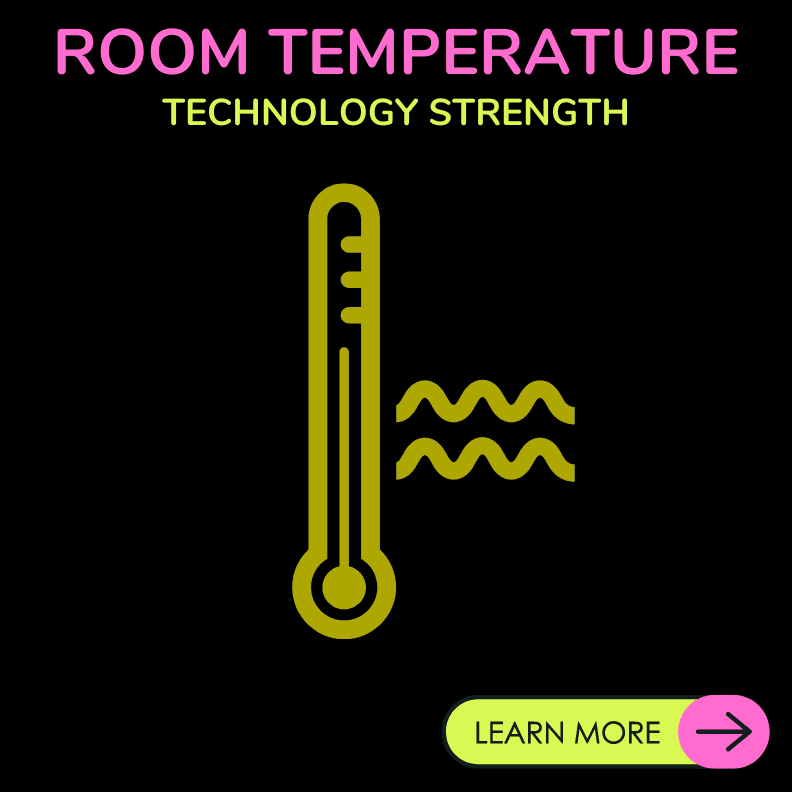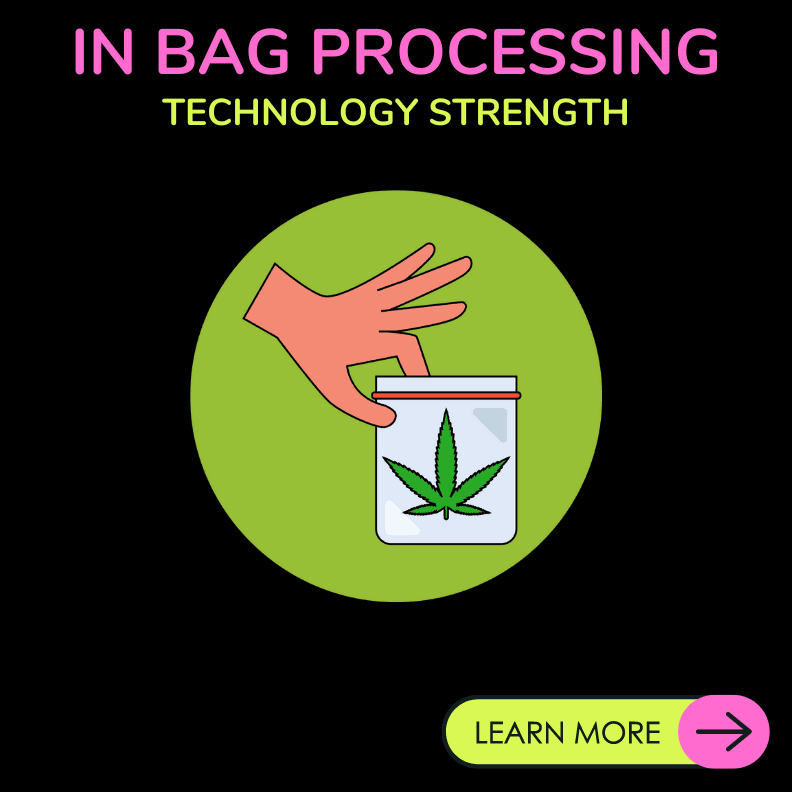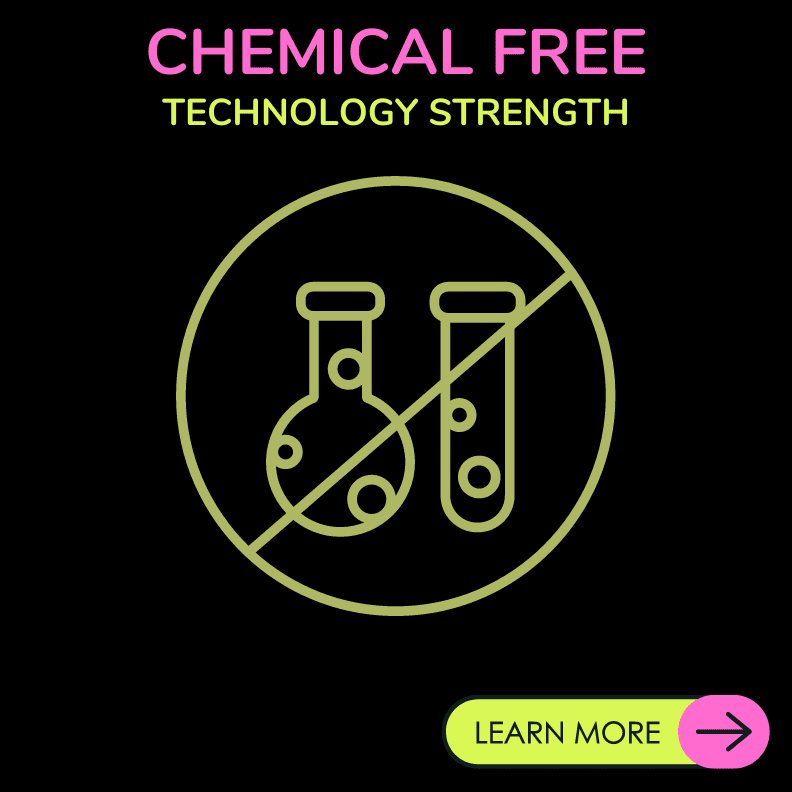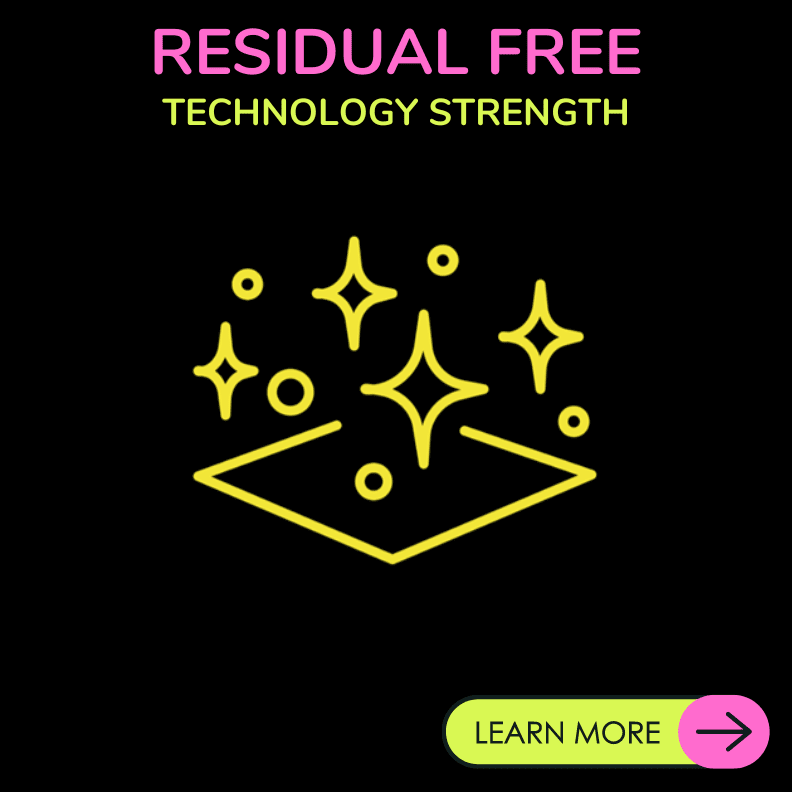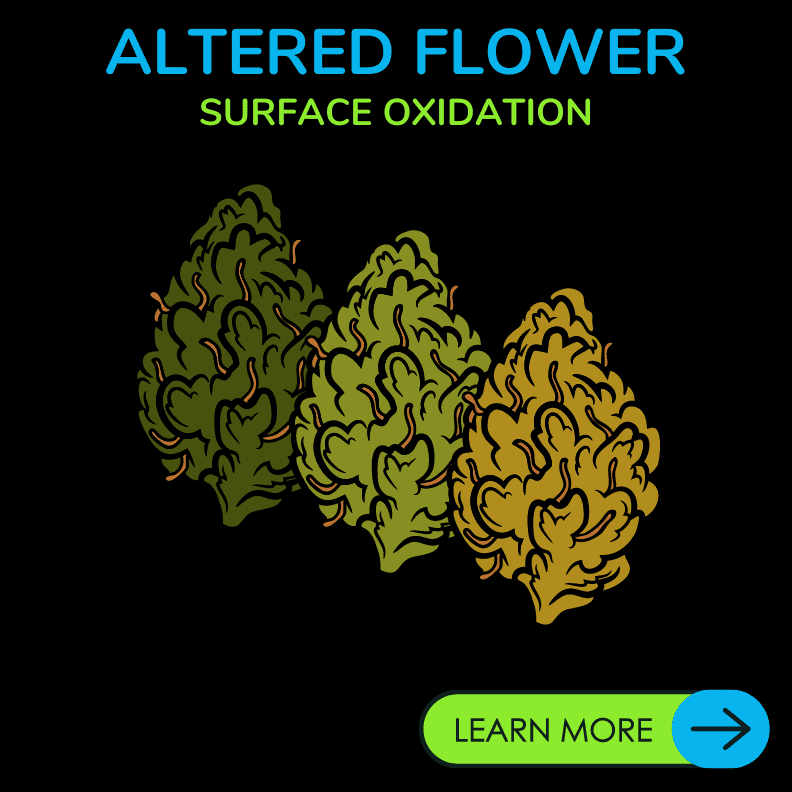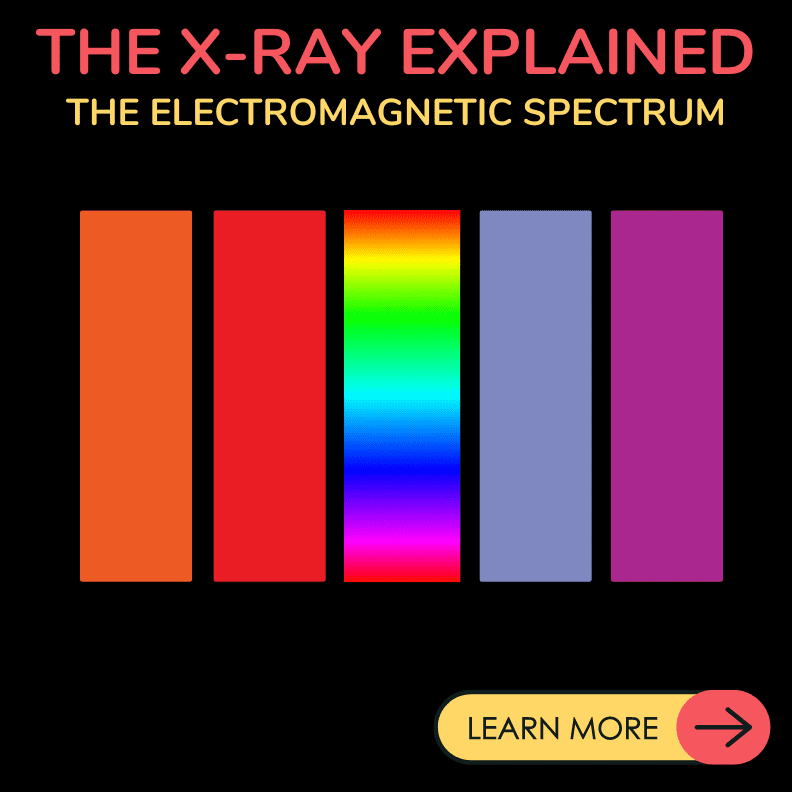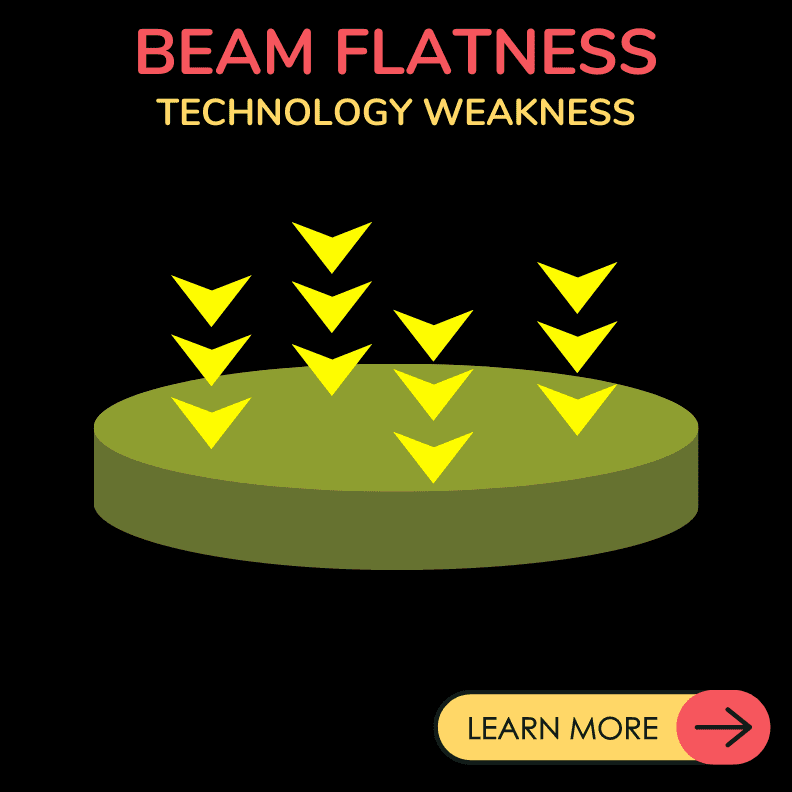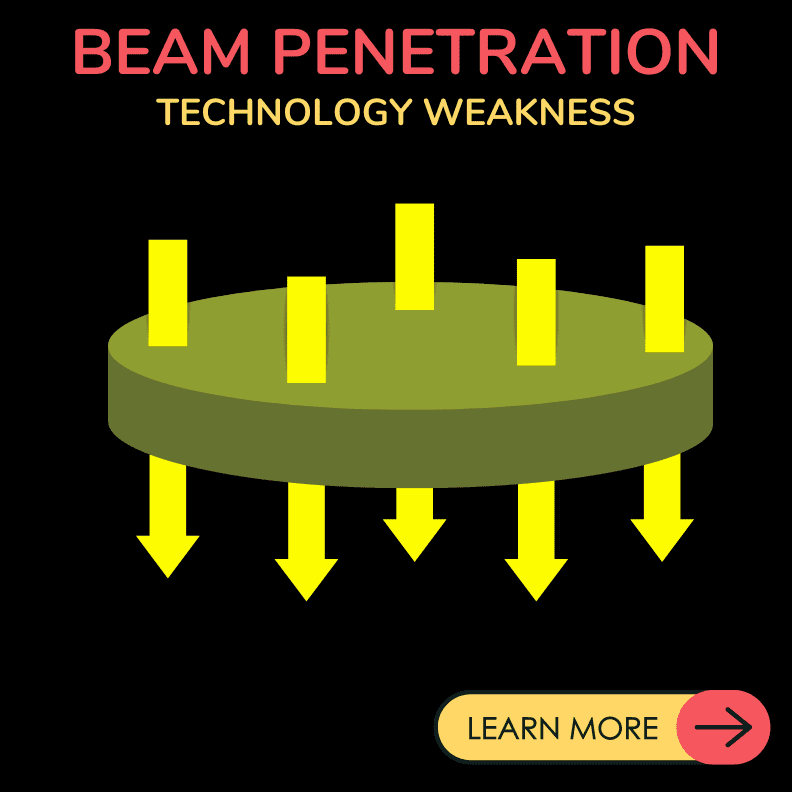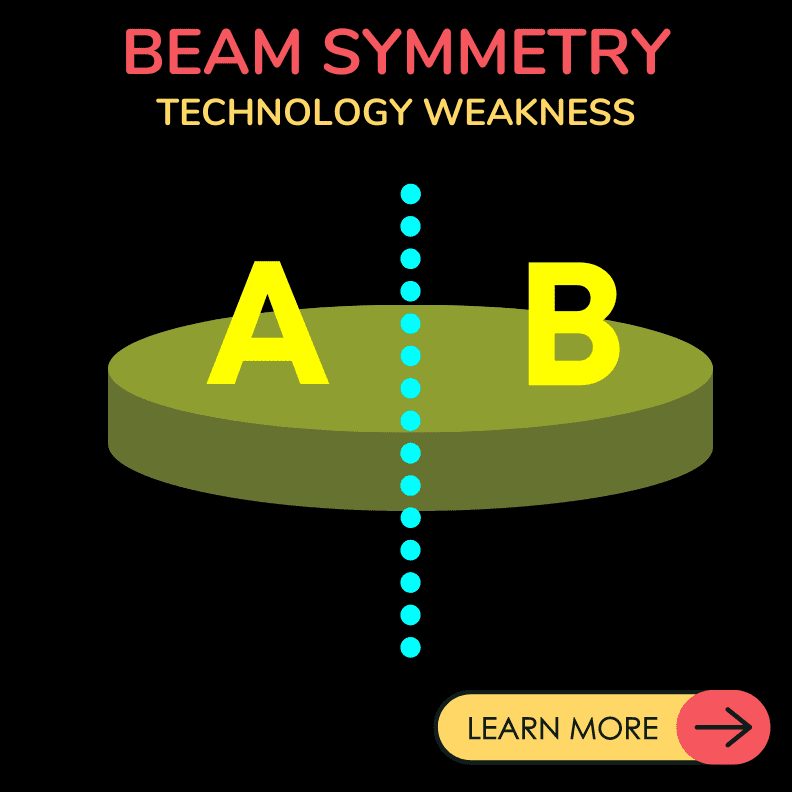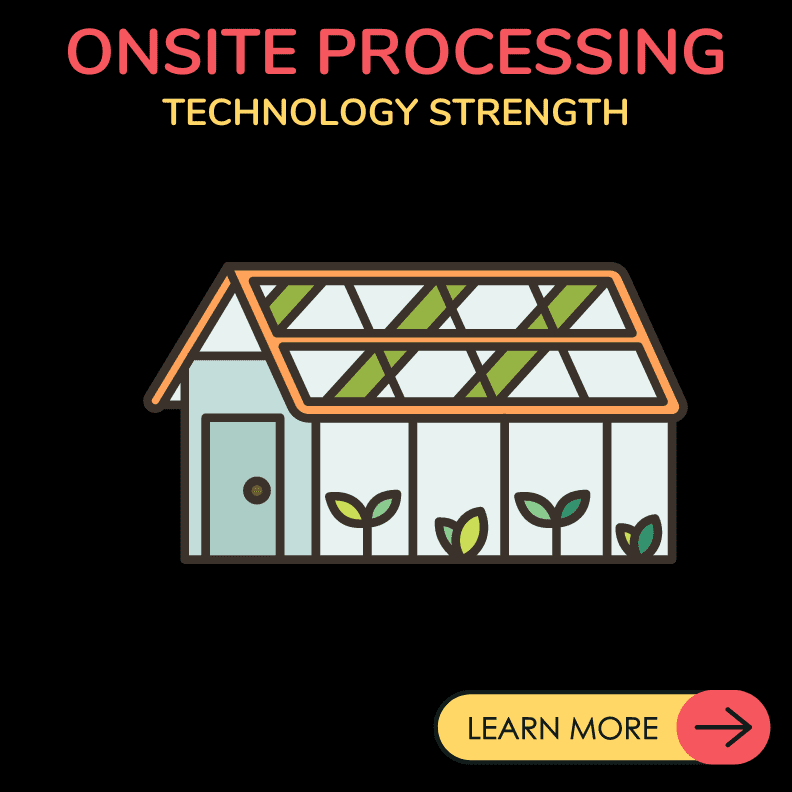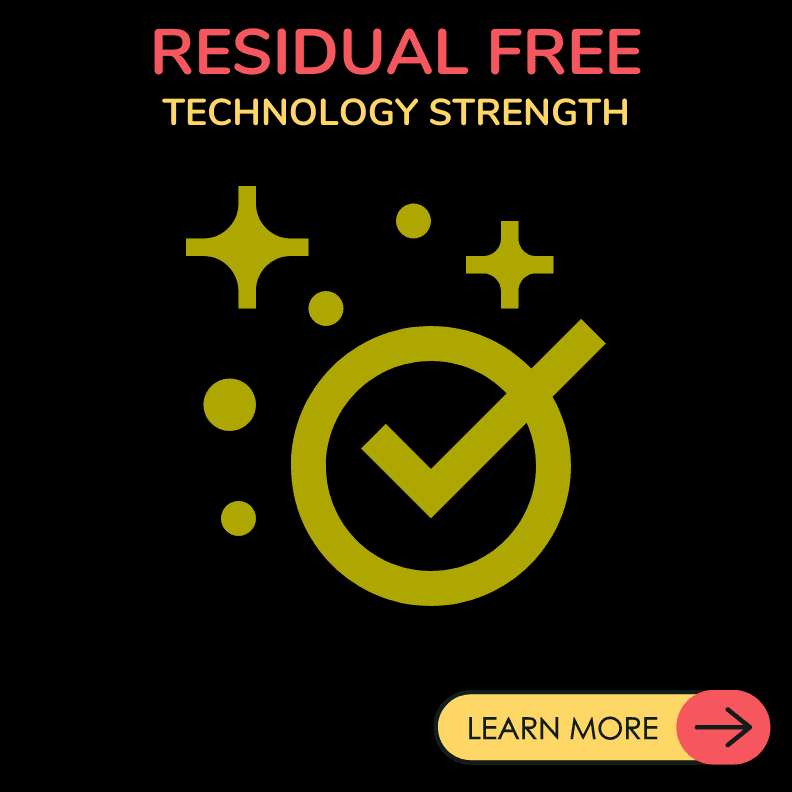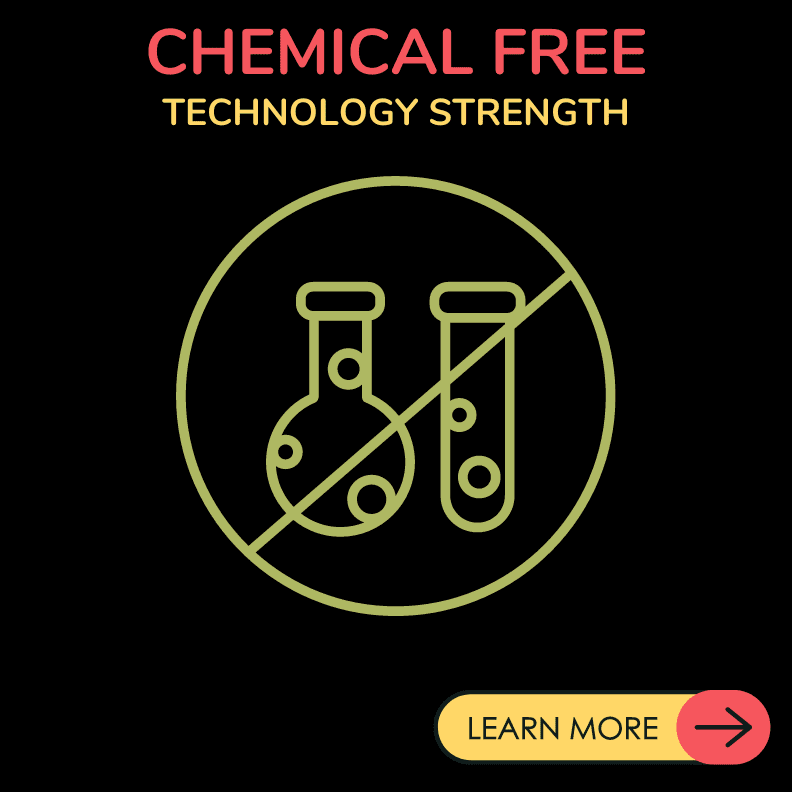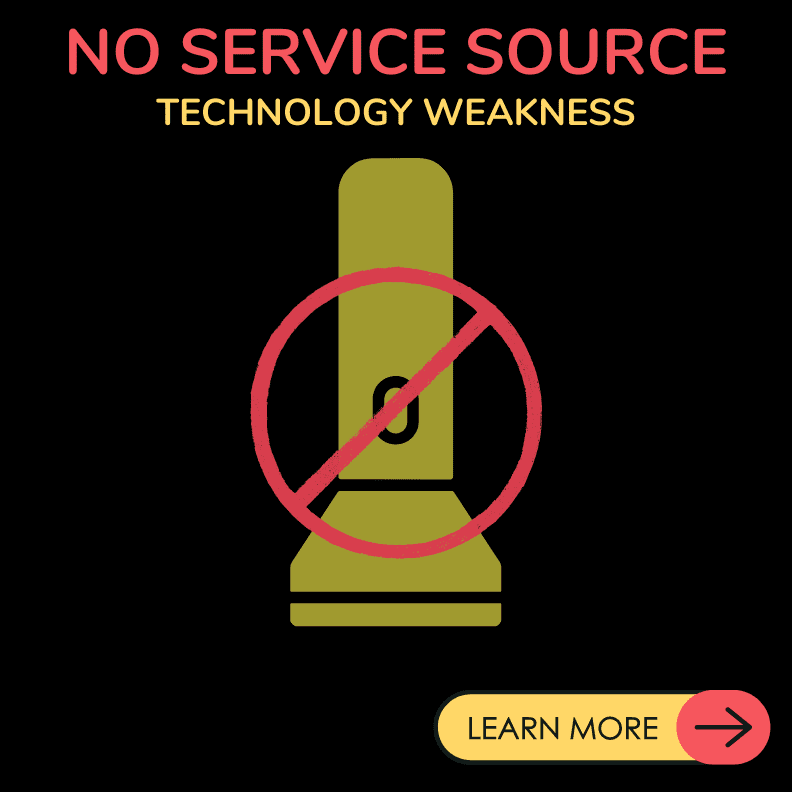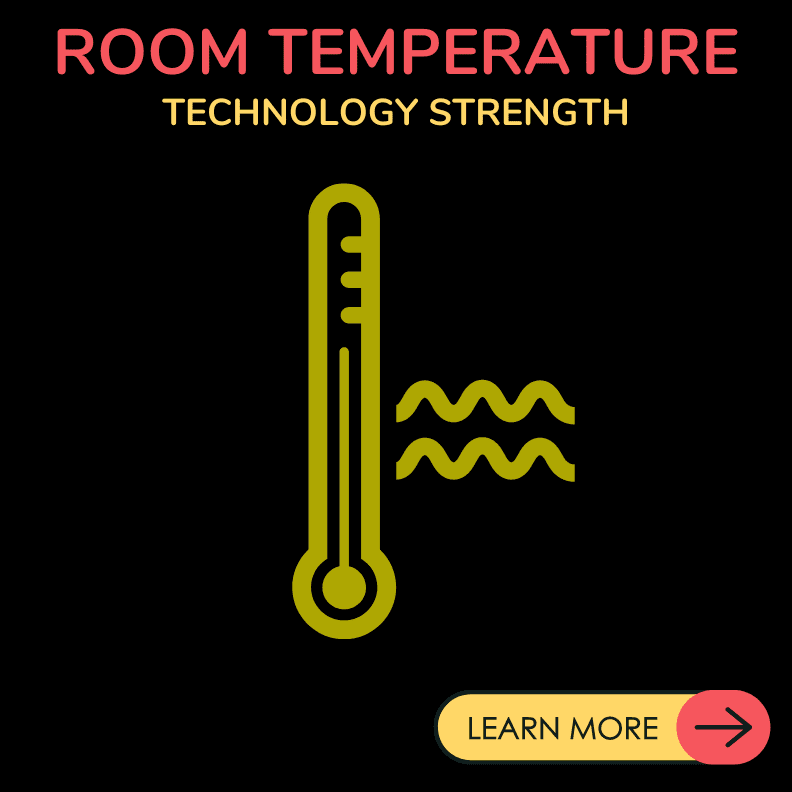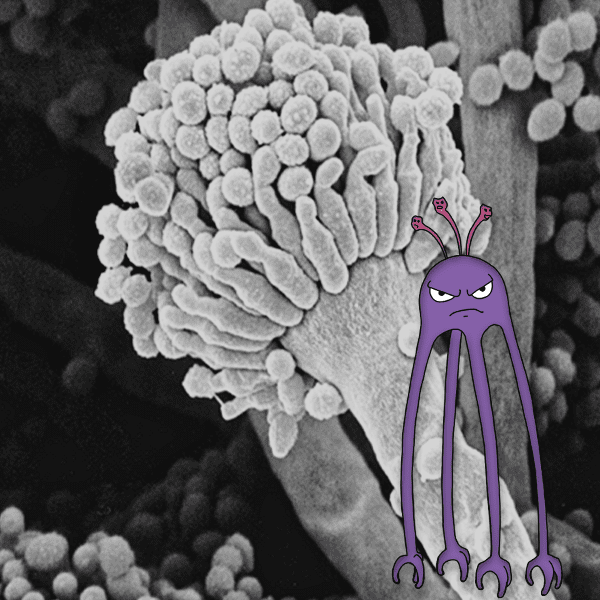DEMAND SAFER CANNABIS™
Your Starting Point for Understanding Cannabis Microbial Decontamination
Whether you’re a cannabis grower, processor, retailer, or consumer, Demand Safer Cannabis™ is your starting point to understanding cannabis microbial decontamination in a simple and easy way. We are committed to empowering you with the basic knowledge and resources to help make informed decisions about cannabis decontamination technologies and practices.
Enjoy Demand Safer Cannabis today and become educated in the basic concepts of cannabis microbial decontamination. Be sure to tell a friend!
Informed choices lead to safer cannabis products for everyone. Technology Choices Matter, Choose Wisely™
TECHNOLOGY COMPARE
Beyond the vibrant trichomes and aromatic terpenes, a hidden world of microbes dwells within your cannabis. While some are beneficial partners, others pose potential threats to your health and enjoyment. This is where Demand Safer Cannabis steps in, empowering cultivators with the scientific knowledge to navigate the diverse landscape of decontamination technologies.
DIVE INTO DECONTAMINATION TECHNOLOGIES
We’ve curated a comprehensive guide for cannabis cultivators to explore the cutting-edge weapons in the fight against microbial contamination. Each technology is dissected with scientific precision, revealing its inner workings, effectiveness, and potential limitations. Through engaging visuals and clear explanations, you’ll gain the confidence to make informed choices for cleaner, safer cannabis.
Unravel the science behind cannabis decontamination and discover the power of informed choices. And remember to
Demand Safer Cannabis!
QUASTAR®: ADVANCING LIFE SCIENCE NEXT GENERATION X-RAY TECHNOLOGY
The landscape of life science irradiation is evolving, and QUASTAR stands as a significant leap forward. This novel platform represents a departure from traditional point source X-ray tubes, offering several key advantages for applications like cannabis decontamination, blood irradiation, cancer and cell research, small animal research, food, sterile insect technique, and many more.
QUASTAR's Enhanced Capabilities:
Uniform Dose Delivery
QUASTAR utilizes a larger, stronger, and higher-energy photon field, resulting in a 2x greater flux of penetrating X-rays. This translates to more uniform dose distribution, ensuring consistent and effective treatment even for sensitive materials.
Improved Efficiency
Compared to traditional X-ray sources, QUASTAR operates with significantly lower energy consumption. This not only reduces operational costs but also minimizes environmental impact, aligning with sustainability goals.
Application-Specific Design
Unlike one-size-fits-all approaches, QUASTAR is specifically engineered for life science applications. Its unique architecture caters to the specific needs of cannabis decontamination, blood irradiation, and sterile insect technique, optimizing performance and efficacy.
Enhanced Precision
QUASTAR incorporates a proprietary filtration system that effectively eliminates weak X-rays, further contributing to dose uniformity and treatment consistency. This precision reduces the risk of uneven dosing and ensures reliable outcomes.
QUASTAR represents a significant advancement in X-ray technology for life science applications. Its superior performance, combined with improved efficiency and application-specific design, positions it as a powerful tool for enhancing safety and efficacy in diverse fields.
Ready to explore QUASTAR in greater detail? Dive deeper into its technical specifications and discover how this next-generation platform can contribute to your cannabis decontamination needs.
QUASTAR: THE SCIENTIFICALLY PROVEN CHOICE FOR CLEANER, SAFER CANNABIS
Beyond the vibrant colors and enticing aromas of your cannabis flower lies a hidden world of microbes. While some are beneficial partners, others pose serious threats to your health and enjoyment. That's where QUASTAR, the revolutionary x-ray decontamination technology from Demand Safer Cannabis™, steps in.
QUASTAR X-ray is more than just a decontamination method; it's a scientific breakthrough. Harnessing the power of photonic decontamination, QUASTAR inactivates harmful microbes without compromising the quality, taste, or potency of your cannabis.
Unlike traditional methods like RF or ozone, QUASTAR:
Targets pathogens effectively - inactivates harmful bacteria, mold, and yeast with 99.9% confidence, while leaving the beneficial microbes untouched.
Preserves the integrity of your cannabis - nominal to no harm to cannabinoids, terpenes ensuring your flower retains its full flavor and potency.
Increases Public Safety - Chemical-free and safe for public consumption.
Choose QUASTAR, choose peace of mind, choose Demand Safer Cannabis™
THE POWER OF QUASTAR X-RAY: SAFEGUARDING CANNABIS, PRESERVING QUALITY
As cannabis cultivators and consumers, we share a common passion: safeguarding the quality and integrity of our beloved flower. In this pursuit, QUASTAR X-ray technology emerges as a revolutionary force, prioritizing both unmatched decontamination efficacy and the preservation of the flower's essence.
Deeper Penetration, Unwavering Efficacy
QUASTAR's secret lies in its potent high-energy photon beam, a "potent photon storm™" that penetrates deep into the dense structure of cannabis flowers. This thorough approach reaches even the most hidden pathogens, studies demonstrating a 99.9% confidence level of microbial inactivation at the DNA level. This gentle yet potent process effectively stops future pathogen growth, ensuring comprehensive decontamination without compromising the flower's unique qualities.
Preserving the Magic
Unlike harsh chemical or ozone treatments, QUASTAR's photonic decontamination™ process respects the delicate balance of cannabinoids, terpenes, and moisture within the flower. This translates to:
Unblemished Aroma and Potent Effects
The flower's unique terpene profile, responsible for its distinct scent and flavor profile, remains nominally to not affected, preserving the sensory experience we all cherish.
Freshness Retained
The natural moisture content within the flower is preserved, preventing dryness and ensuring a pleasant tactile experience.
Operational Efficiency and Cost Savings:
Beyond its efficacy, QUASTAR boasts several practical advantages:
Durable Light Source
Repairable lifespans of up to 7 years minimize downtime and replacement costs, ensuring long-term operational efficiency.
Faster Processing
Superior dose uniformity translates to shorter decontamination run times, maximizing throughput and profitability.
Onsite Convenience - secure carousel system allows for hassle-free, efficient onsite processing, eliminating the need for off-site transportation and associated logistical challenges and costs.
A Commitment to Public Health and Quality
Choosing QUASTAR X-ray signifies a commitment to both public health and product quality. The technology is FDA-approved for the use in blood irradiation, and its efficacy is trusted by institutions worldwide. By choosing QUASTAR, you are ensuring that your cannabis products are not only safe from harmful pathogens but also retain the essence that makes a brand truly special.
In a world where cannabis quality and safety are paramount, QUASTAR X-ray stands as the preferred choice. With over 300 units installed globally and over 5 years as the pioneer in onsite cannabis decontamination, its unmatched efficacy, gentle processing, and operational efficiency make it the ideal solution for those who refuse to compromise on flower integrity.
By choosing QUASTAR, you prioritize both public health and the essence of cannabis, paving the way for a future where quality and safety go hand in hand.
OZONE and H2O2: THE DECEPTIVE FOG IN CANNABIS DECONTAMINATION
Ozone is a popularized "Surface" Oxidation Developed for "Food Sanitation" not Cannabis. Behind the veil of cannabis decontamination promises, ozone lurks in the shadows of the cannabis industry. While it boasts surface-level microbial removal, its true nature is a double-edged sword, slashing at the very heart of what makes cannabis special – its ** vibrant terpenes, potent cannabinoids, and pristine integrity.**
Don't be fooled by the shimmer of oxidation.
Ozone's limited reach leaves hidden pockets of microbial infestation, ticking time bombs waiting to explode in your supply chain or on your consumers' shelves. This is not just about compliance – it's about protecting the health and enjoyment of those who rely on your product.
Think of terpenes and cannabinoids as the soul of cannabis.
Ozone, with its aggressive bite, rips at their delicate essence, leaving behind a dull, muted shadow of the original experience. Is that the legacy you want to build?
The Chemical-based "Open Air" procedures?
More like a petri dish for re-contamination. Ozone's superficial cleaning leaves your cannabis vulnerable to airborne invaders, waiting to latch on and multiply in the post-decontamination window. This is playing roulette with your reputation and your customers' well-being.
OZONE: THE DECEPTIVE FOG IN CANNABIS DECONTAMINATION
Understanding the ½ Kill Step™ in Cannabis Decontamination
When it comes to safeguarding your cannabis from microbial threats, choosing the right decontamination method is crucial. While gas and chemical approaches might seem appealing for their swiftness and cost-effectiveness, a closer look reveals significant drawbacks that jeopardize the quality and integrity of your precious flower.
Surface Skimming - Not Deep Cleansing
One major limitation of gas and chemical decontamination is their inability to penetrate the intricate structure of the cannabis flower. Imagine them simply skimming the surface like a light wind, while hidden pockets within the tightly packed buds and trichomes remain untouched. This leaves stubborn pathogens lurking inside, ready to resurge and potentially wreak havoc down the line.
The Oxidation Gamble - A Costly Trade-Off
Many gas and chemical processes rely on oxidation to deactivate microbes. However, this aggressive approach often comes at a steep price. The delicate terpenes and cannabinoids that define the aroma, flavor, and potency of your cannabis are also susceptible to oxidation. In essence, you trade microbial reduction for a duller, muted experience, impacting your brand and potentially disappointing your customers.
Chemical Residue - A Lingering Shadow
Some chemical-based decontamination methods can leave behind residual traces on the flower. These residues, even if deemed safe individually, can interact with each other or with the natural compounds in cannabis, potentially leading to unforeseen health concerns and undesirable taste or aroma alterations.
Open-Air Exposure - A Recipe for Reinvasion
Even after undergoing gas or chemical decontamination, the potential risks aren't over. If the process allows for exposure to open air after treatment, airborne microbes can easily land and colonize the sterilized surface. This creates a vulnerable window for re-contamination before the cannabis reaches its final packaging, jeopardizing product safety and adding unnecessary complexity to your operations.
OZONE DECONTAMINATION: EFFICACY CONCERNS AND IMPACT ON CANNABIS QUALITY
Technology Choices Matter, Choose Wisely™
Unlike other options that penetrate deeper (QUASTAR), ozone and hydrogen peroxide primarily tackles the surface of cannabis flowers. This leaves potential microbial havens nestled within the intricate bud structure, casting doubt on its ability to comprehensively address internal contamination.
Limited Reach, Questionable Defense
Unlike other decontamination methods capable of deeper penetration, ozone primarily acts on the surface of cannabis flowers. This leaves potential microbial havens within the intricate bud structure, raising questions about its overall effectiveness in addressing internal contamination.
Cannabinoid Degradation
Ozone's oxidizing nature presents a critical concern. Studies indicate it can degrade sensitive cannabinoids, particularly THC, the primary psychoactive compound. This process, known as ozonolysis, transforms THC into the less potent CBN, potentially diminishing the therapeutic or recreational value of the flower.
Terpene Transformation
Beyond cannabinoids, ozone's reactivity extends to terpenes, the aromatic compounds responsible for the distinct scents and flavors of cannabis strains. This interaction leads to terpene degradation, robbing the flower of its characteristic aromas and flavors, thereby jeopardizing the sensory experience of cannabis consumption.
Chemical Composition Alteration
The complex organic chemistry of cannabis flowers offers a multitude of targets for ozone's reactivity. Its interaction with various compounds can lead to the formation of unidentified byproducts with potentially unknown pharmacological or toxicological effects, introducing an element of uncertainty and potential risk into the decontamination process.
Demandsafercannabis.com champions evidence-based approaches to microbial control in cannabis. We believe in empowering cultivators and consumers alike with the knowledge necessary to make informed decisions about protecting both safety and quality.
DECONTAMINATING THE CANNABIS FRONTIER
Point Source X-ray and the Rise of QUASTAR®
Point-source X-ray technology, a pillar of x-ray imaging for years, emerged from the groundbreaking discovery of Wilhelm Röntgen in 1895. Its concentrated x-ray beam (think flashlight) served as a vital tool for doctors treating patients. However, as scientific advancements illuminate new pathways such as cannabis decontamination, it's crucial to critically examine the limitations inherent in traditional technologies.
While point-source X-ray's simplicity and established presence remain valuable in the industries requiring imaging, its inherent beam challenges demand consideration when considering the technology for cannabis irradiation. Achieving uniform dose distribution – paramount for thorough decontamination – can be problematic with point-source. Uneven beam profiles and the need for multiple passes often lead to hot spots and underdosed areas, potentially harboring residual microbes.
Enter QUASTAR®, a proprietary next-generation X-ray platform redefining the science of cannabis decontamination.
QUASTAR, in contrast, leverages cutting-edge technology to overcome these limitations. Its advanced architecture delivers a uniform field of high-energy X-rays, bathing the entire product in a potent yet gentle glow. This precise dose distribution ensures comprehensive microbial control without sacrificing product integrity.
QUASTAR also boasts superior efficiency, achieving consistent decontamination with every pass of the dosing carousel, optimizing throughput and minimizing operational costs.
The landscape of cannabis decontamination is evolving rapidly. While point-source X-ray technology deserves recognition for its historical role, QUASTAR represents a scientific leap forward. Its commitment to uniformity, efficiency, and product quality empowers businesses to cultivate cleaner, safer cannabis, fostering consumer trust and industry-wide progress.
The landscape of cannabis decontamination is evolving rapidly. While point-source X-ray technology deserves recognition for its historical role, QUASTAR represents a scientific leap forward. Its commitment to uniformity, efficiency, and product quality empowers businesses to cultivate cleaner, safer cannabis, fostering consumer trust and industry-wide progress.
UNCOVERING POINT SOURCE X-RAY
An Established Imaging Technology's Approach in Cannabis Decontamination
While the quest for safer cannabis involves continuous technological advancements, it's crucial to acknowledge the foundational tools that have paved the way. Point-source X-ray technology, dating back to Wilhelm Röntgen's 1895 discovery, stands as a testament to human ingenuity and its application in microbial control. In this section, we'll delve into the intricacies of point-source X-ray as an imaging tube for cannabis decontamination, highlighting its strengths and limitations to empower informed choices.
Choosing Wisely: Considerations for Point-Source Cannabis Decontamination
Technology is constantly evolving, but some established methodologies continue to hold value. Before we explore cutting-edge advancements, let's navigate the landscape of point-source X-ray for cannabis decontamination. Remember, understanding the nuances of different approaches empowers you to make informed decisions for your business and prioritize consumer safety.
Beam Uniformity
Achieving consistent dose distribution across the cannabis product is paramount. While point-source X-ray offers targeted irradiation, uneven beam profiles can occur, potentially leaving pockets of underdosed areas vulnerable to microbial threats. Careful product positioning and system calibration are crucial to address this challenge.
Dose Control
Finding the delicate balance between effective decontamination and product quality is key. Overexposure with point-source can degrade valuable cannabinoids and terpenes, impacting potency and sensory profiles. Precise dose control and system optimization are essential.
Operational Efficiency
Decontamination efficacy often requires multiple passes with point-source systems, extending processing times and impacting operational efficiency. Exploring techniques to optimize pass number and processing speed becomes a key consideration. Some manufacturers use two beams or a turnstyle or elevator contraption, etc.
System Footprint and Configuration
Point-source systems, especially those aiming for uniform coverage, can require larger footprints and specific configurations. This demands careful planning and resource allocation within your production space.
Maintenance and Calibration
Consistent performance with point-source technology often hinges on regular calibration and maintenance. This translates to additional costs and potential operational downtimes to ensure accuracy and reliability.
Cost Implications
Achieving uniform irradiation with point-source might require additional equipment or system modifications, potentially driving up the overall cost of decontamination. Weighing the cost-effectiveness against desired outcomes is crucial.
Point-source X-ray technology, as a long-standing player in x-ray imaging applications, presents inherent challenges that demand careful consideration. This exploration serves as a springboard for understanding the potential limitations and paving the way for informed decision-making.
Ready to delve deeper into the complexities of cannabis decontamination technologies and discover cutting-edge solutions like QUASTAR X-ray?
Stay tuned, as we unveil next-generation RS 420 Q+ that provides state of the art microbial control and product quality.
Remember, knowledge is the strongest weapon in your quest for safer cannabis.
THINGS TO CONSIDER WHEN CHOOSING POINT SOURCE X-RAY FOR CANNABIS DECONTAMINATION
Technology Choices Matter, Choose Wisely™
In the ongoing saga of safe and consistent cannabis decontamination, point-source X-ray technology remains a familiar face. While its historical role is undeniable, it's vital to delve deeper into its inherent challenges, empowering you to make informed decisions for your business. This section dives into the complexities of dose uniformity with point source, a critical factor for effective microbial control.
Uneven Terrain: The Anode Heel Effect and its Shadow
Imagine aiming a spotlight across your cannabis product. The anode heel effect, a natural phenomenon in point-source tubes, casts a metaphorical shadow on this image. This effect creates an inherent lack of beam uniformity, impacting vital aspects like flatness, penetration, and symmetry. The result? Potential hotspots and underdosed areas, leaving microbial threats lurking in the shadows.
The Distance Trap - A Matter of Size and Power
Adding another layer of complexity is the distance trap. Smaller volumes closer to the source receive a concentrated blast, while larger ones near the bottom of the chamber experience a wider, weaker cone of X-rays. This necessitates increasing power to compensate, but there's a catch:
Pushing the Limits - Tungsten's Tipping Point
Increased power means more electron bombardment on the tungsten target, leading to cloudiness on the point-source window. This, over time, diminishes the quality and efficacy of the X-rays, negating the very benefit of increased power. It's a delicate dance between ensuring adequate dose and risking compromised output.
Imaging vs. Irradiation - A Designed Difference
It's important to remember that point-source technology was born for imaging, not life-science irradiation. In medical imaging, the source operates in short bursts, minimizing wear and tear. Continuous 24/7 operation in decontamination, however, raises questions about point-source tube lifespan and long-term performance.
Choosing Wisely - Beyond Point Source
While point-source X-ray offers a familiar path, understanding its limitations empowers you to explore alternative technologies designed for the rigorous demands of life-science irradiation. Remember, uniformity isn't a luxury, it's a necessity for effective decontamination and protecting your business and consumers.
Stay tuned as we shed light on cutting-edge solutions such as QUASTAR X-ray that prioritize both microbial control and product quality, ensuring the future of clean, safe cannabis for all.
MEET THE MICROBIAL MISFITS™
Eleven cannabis misfit microbes are featured on the learning carousel. Explore each microbe and learn about their morphology, interesting characteristics, reproduction methods, transmission vectors, habitat preferences, potential human health implications, and strategies for microbial inactivation. Enjoy!

Mold
A common problem in homes, and it can cause a variety of health problems, including respiratory problems, allergies, and asthma.
Aspergillus
A type of mold that is commonly found in the environment. It can cause a variety of infections, including aspergillosis, a serious lung infection.

E Coli
A common bacteria that lives in the intestines of humans and animals. Most strains of E. coli are harmless, but some strains can cause food poisoning.
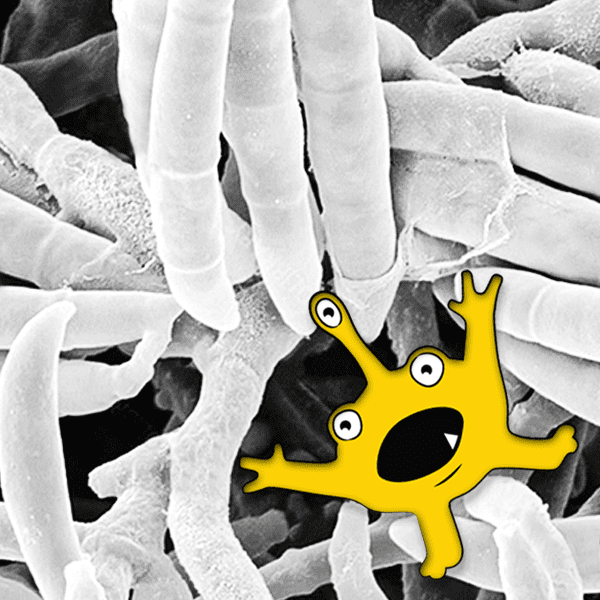
Fusarium
A genus of filamentous fungi that can cause a variety of plant diseases and infections in humans, including keratitis, onychomycosis, and disseminated infections.
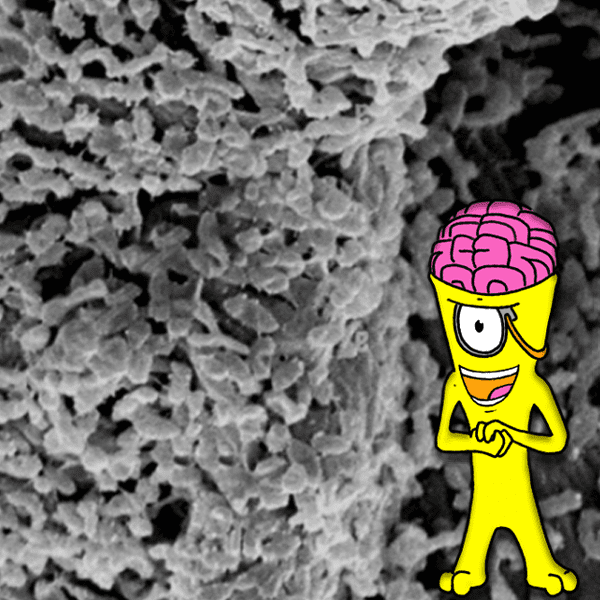
BTGN
Can be found in water, soil, and food. Some bile-tolerant gram-negative bacteria can cause infections in humans.
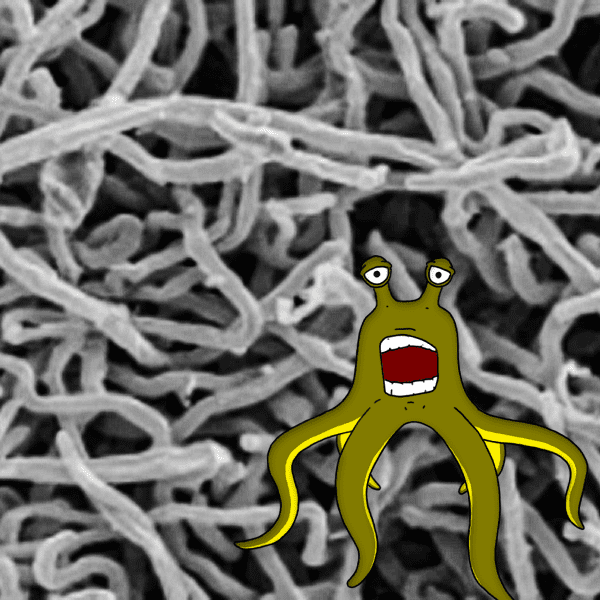
Coliform
A group of bacteria that are found in the intestines of warm-blooded animals, including humans. It’s presence in water or food can therefore be a sign that the water or food has been contaminated with fecal matter and may be unsafe to consume.

Klebsiella
A type of bacteria that can cause a variety of infections, including pneumonia, urinary tract infections, and sepsis.
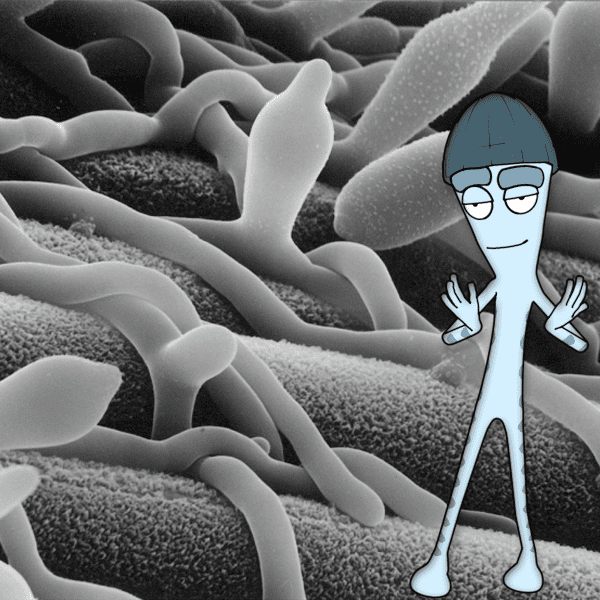
Powdery Mildew
The fungus that causes powdery mildew thrives in warm, dry conditions, and it can spread quickly from one plant to another.
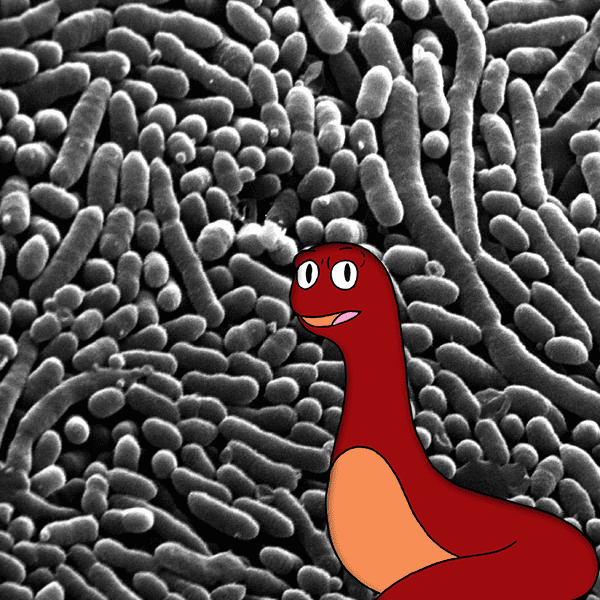
Pseudomonas
A bacteria that is found in soil, water, and the environment. It causes a variety of infections, including pneumonia, sepsis, and infections of the skin, eyes, and ears.
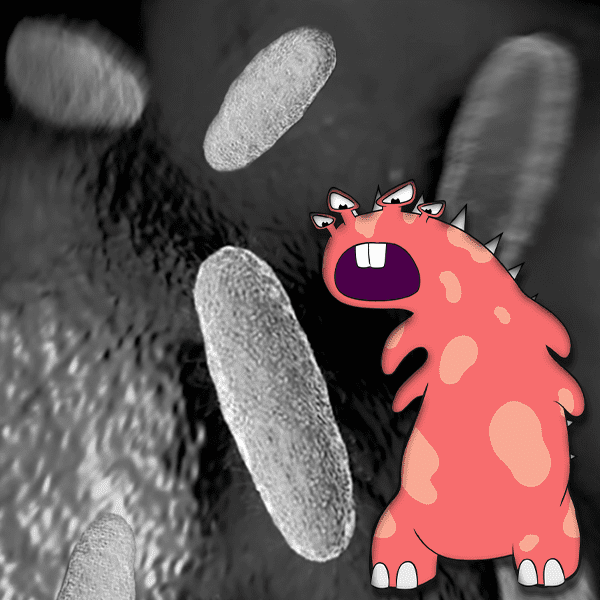
Salmonella
A common bacteria that lives in the intestines of animals. It can be found in the meat, poultry, and eggs of these animals.

Yeast
A type of fungus that is found naturally in the environment. It is a single-celled organism that reproduces by budding.

Mold
A common problem in homes, and it can cause a variety of health problems, including respiratory problems, allergies, and asthma.
Aspergillus
A type of mold that is commonly found in the environment. It can cause a variety of infections, including aspergillosis, a serious lung infection.

E Coli
A common bacteria that lives in the intestines of humans and animals. Most strains of E. coli are harmless, but some strains can cause food poisoning.

Fusarium
A genus of filamentous fungi that can cause a variety of plant diseases and infections in humans, including keratitis, onychomycosis, and disseminated infections.

BTGN
Can be found in water, soil, and food. Some bile-tolerant gram-negative bacteria can cause infections in humans.

Coliform
A group of bacteria that are found in the intestines of warm-blooded animals, including humans. It’s presence in water or food can therefore be a sign that the water or food has been contaminated with fecal matter and may be unsafe to consume.

Klebsiella
A type of bacteria that can cause a variety of infections, including pneumonia, urinary tract infections, and sepsis.

Powdery Mildew
The fungus that causes powdery mildew thrives in warm, dry conditions, and it can spread quickly from one plant to another.

Pseudomonas
A bacteria that is found in soil, water, and the environment. It causes a variety of infections, including pneumonia, sepsis, and infections of the skin, eyes, and ears.

Salmonella
A common bacteria that lives in the intestines of animals. It can be found in the meat, poultry, and eggs of these animals.

Yeast
A type of fungus that is found naturally in the environment. It is a single-celled organism that reproduces by budding.
DECONTAMINATION HUB
When we see interesting and educational “Links-for-Learning” about cannabis decontamination we list them below.
The content is always changing, be sure to bookmark the site and come back. Click, Find, Learn!
Decontamination
In the News
Cannabis Decontamination Matters
Microbial hazards during harvesting and processing at an outdoor United States cannabis farm
Would You Smoke ‘Nuclear Weed’? You Might Already: Why Irradiated Cannabis Is Common (And Safe)
The dangers of microbial contaminants in cannabis and how to prevent mold and mildew
Links of Interest
It’s Not Too Late: Post-Harvest Solutions to Microbial Contamination Issues
Evaluating the Effects of Gamma-Irradiation for Decontamination of Medicinal Cannabis
How to Pass Microbial Testing with Photonic Remediation
Measuring Microbiology, Part I: A Look at the Microbiological Contaminants in Cannabis
Use of X-ray irradiation for inactivation of Aspergillus in cannabis flower
Regulation Links
Federal
FDA Regulation of Cannabis and Cannabis-Derived Products, Including Cannabidiol (CBD)
State & Local
Comparison of State-Level Regulations for Cannabis Contaminants and Implications for Public Health
Where cannabis is legal in the United States
Alaska
Arizona
Arkansas
Medical Marijuana Rules & Regulations
California
Department of Cannabis Control
Colorado
Marijuana Enforcement Division
Connecticut
Department of Consumer Protection
Delaware
Division of Professional Regulation
Florida
Office of Medical Marijuana Use
Illinois
Illinois Department of Agriculture
Maine
Maryland
Maryland Medical Cannabis Commission
Massachusetts
Michigan
Missouri
Missouri Department of Health and Senior Services
Nevada
New Jersey
Cannabis Regulatory Commission
New Mexico
New York
Oklahoma
Oklahoma Medical Marijuana Authority
Oregon
Rhode Island
South Dakota
Utah
Department of Agriculture and Food
Vermont
Virginia
Washington
Cannabis Health Links
Cannabis Health Studies
Why is Cannabis Testing Important? The analytical landscape of cannabis compliance testing Cannabis Testing
Microbial Testing and Cannabis
Testing Standards
Cannabis Laboratory news
Videos
Demand Safer Cannabis
Podcast
Don't Guess, Know
Remediation Technology Matters
Information about Rad Source’s Cannabis Decontamination Technology (420 series)
Cannabis Remediation, Decontamination & Eradication
Cannabis is a fickle plant. Whether it’s mold, mildew, or pests, there are plenty of opportunities for costly pathogens to contaminate a crop.
